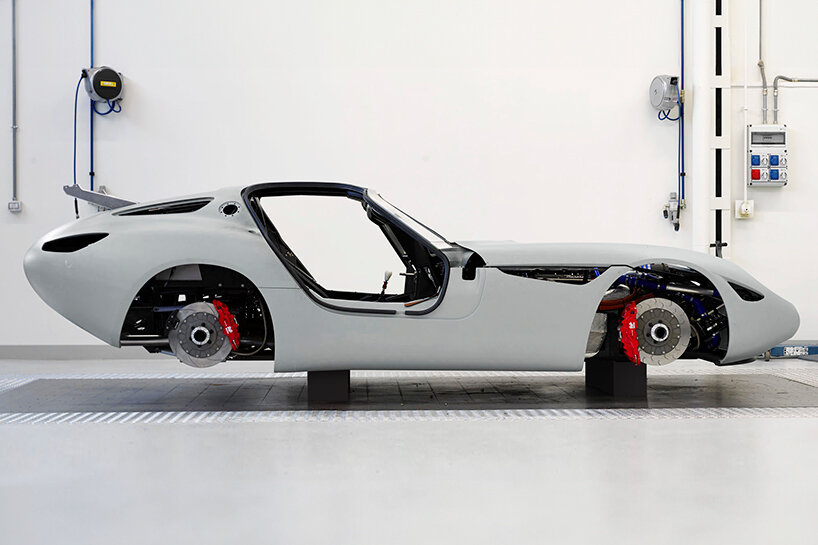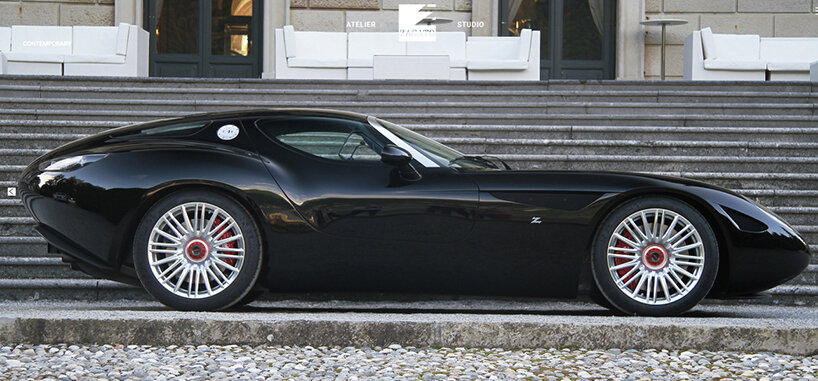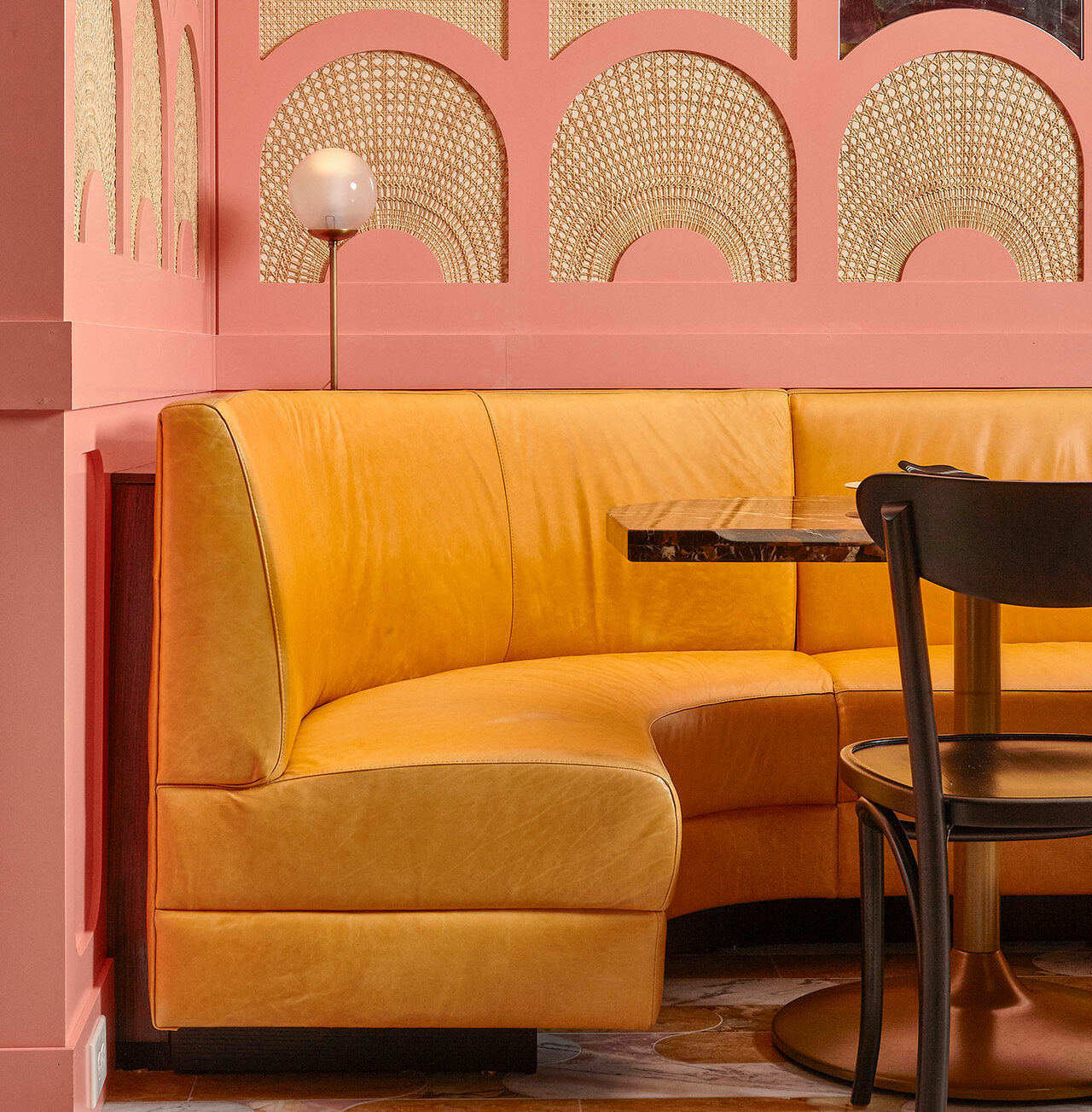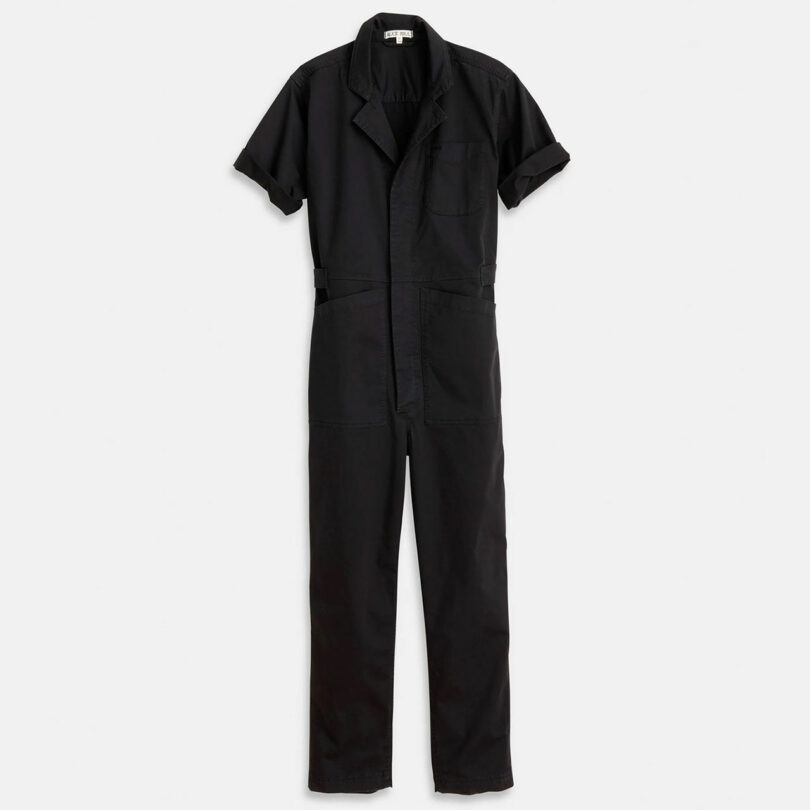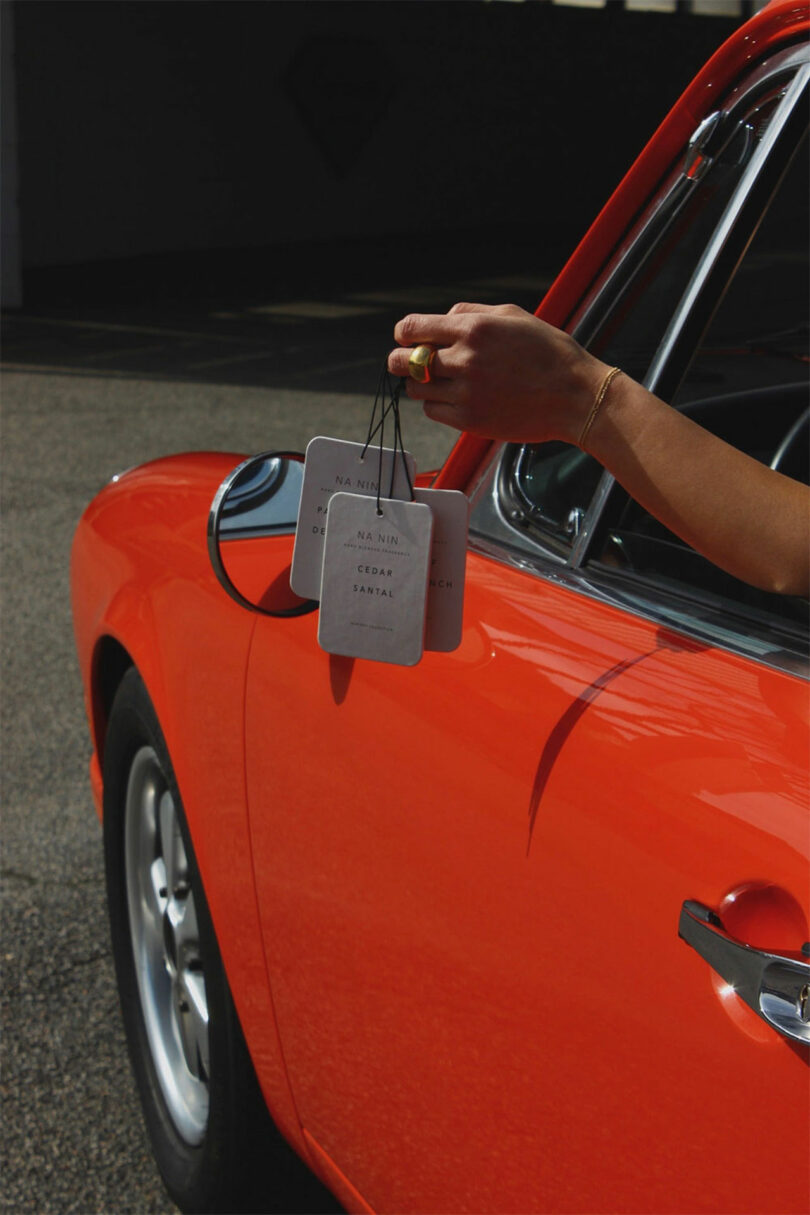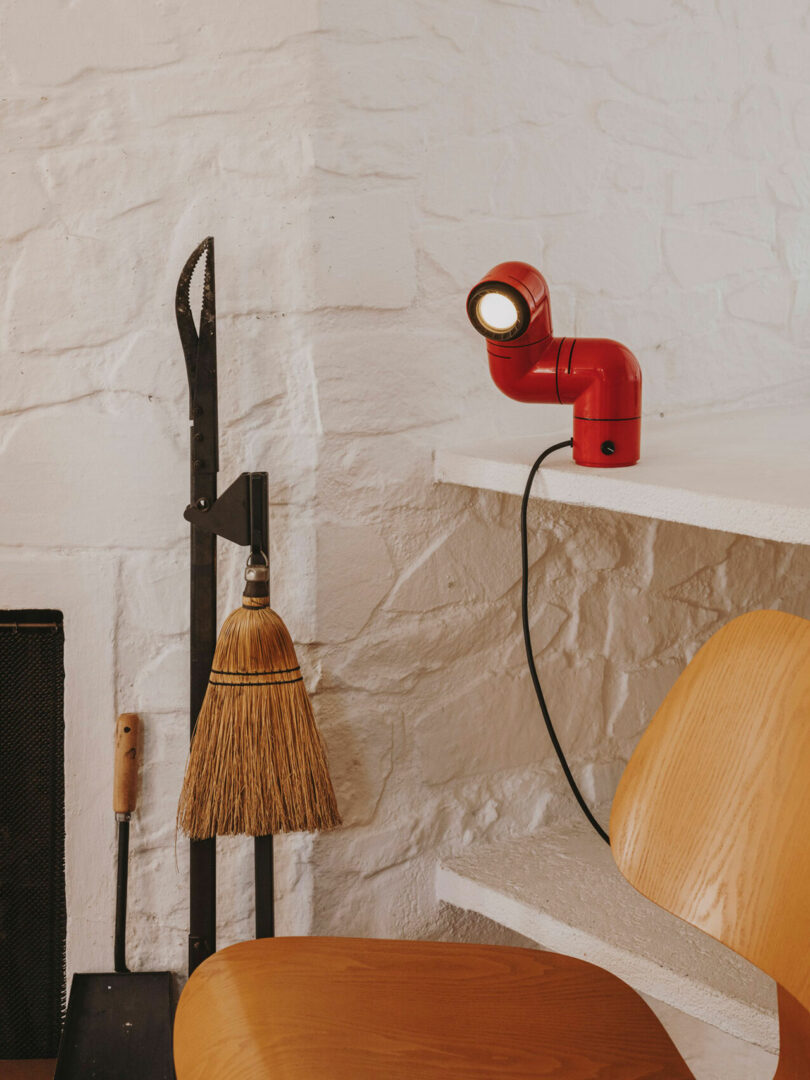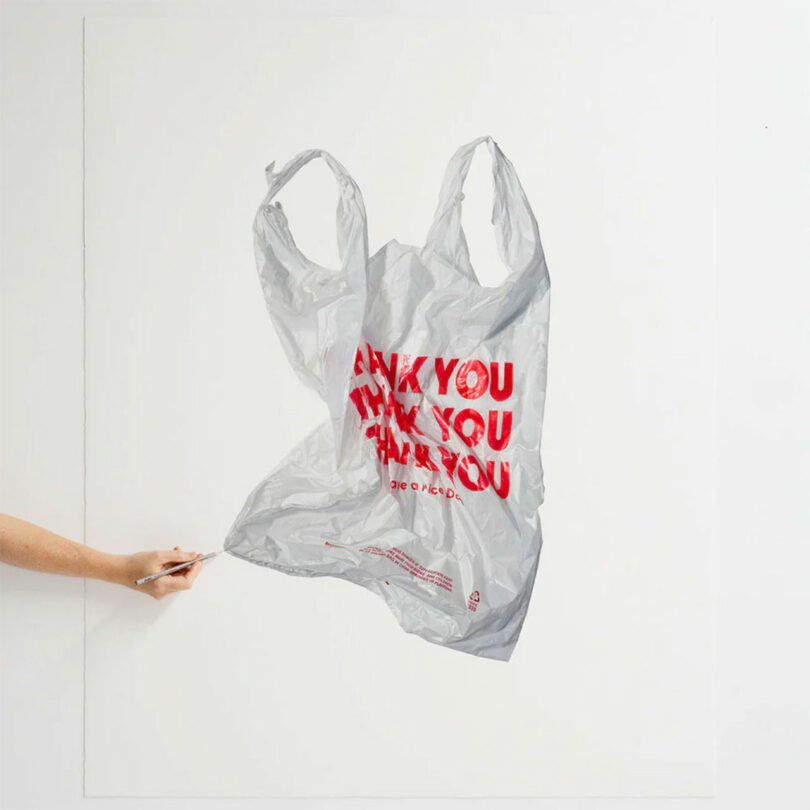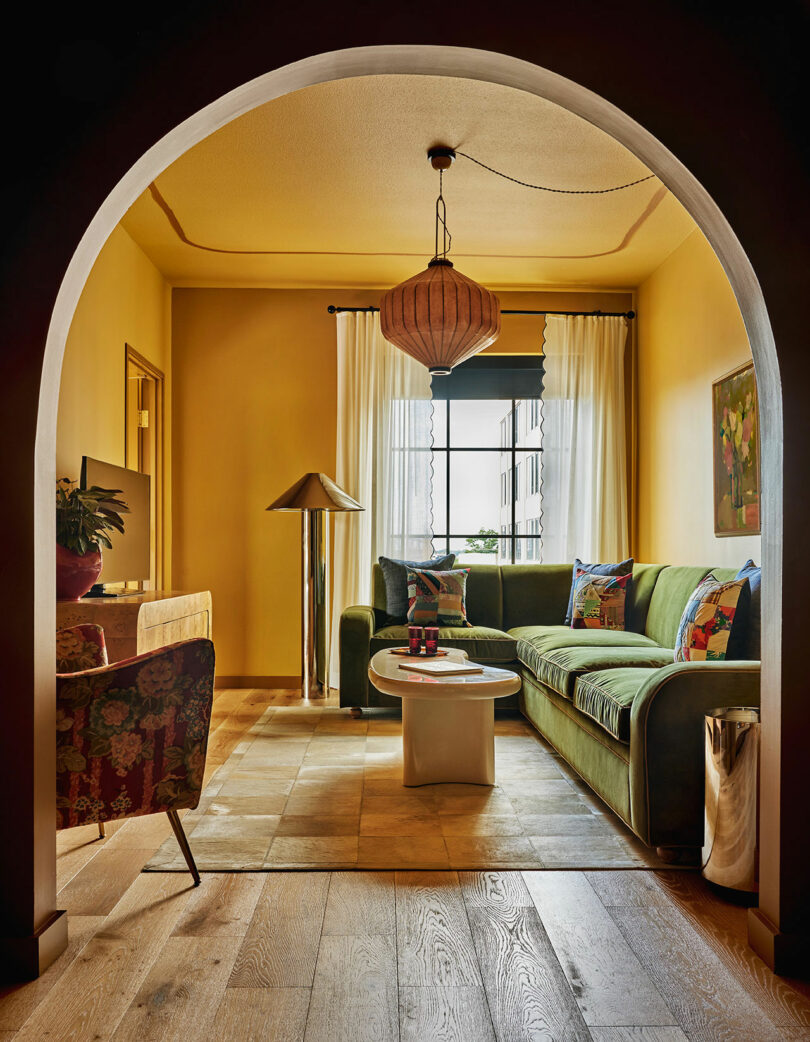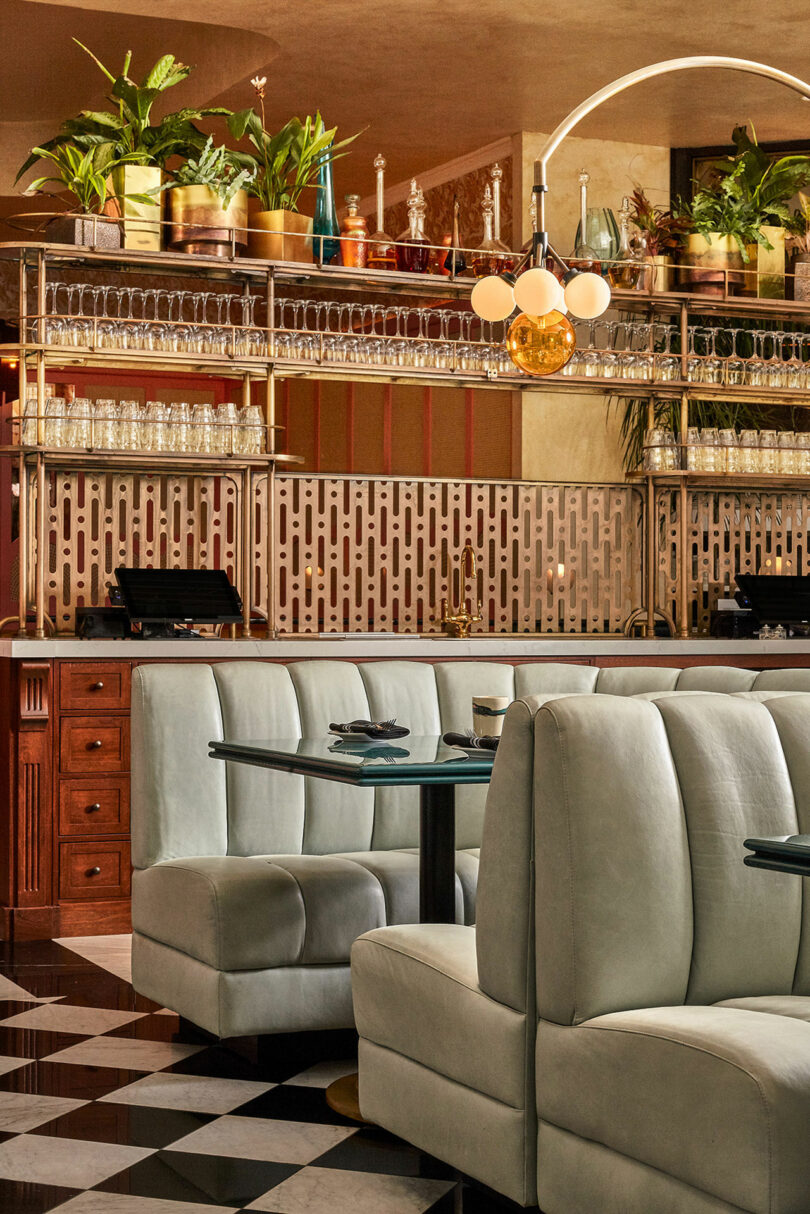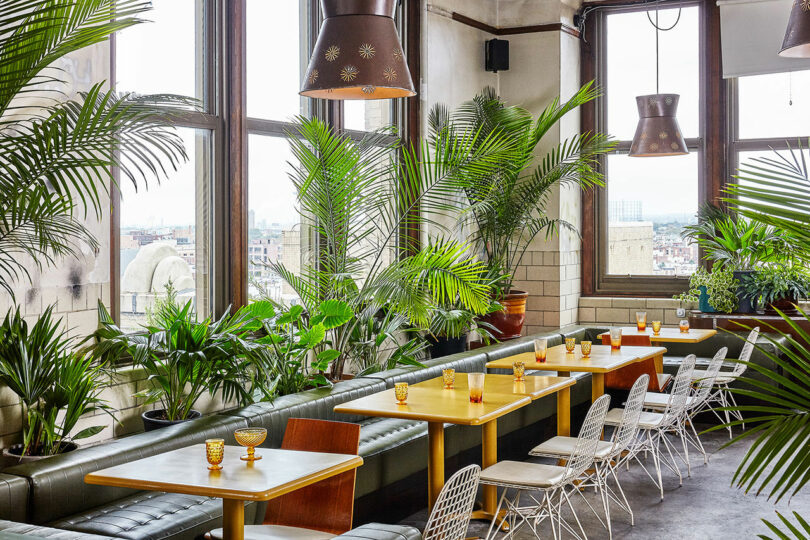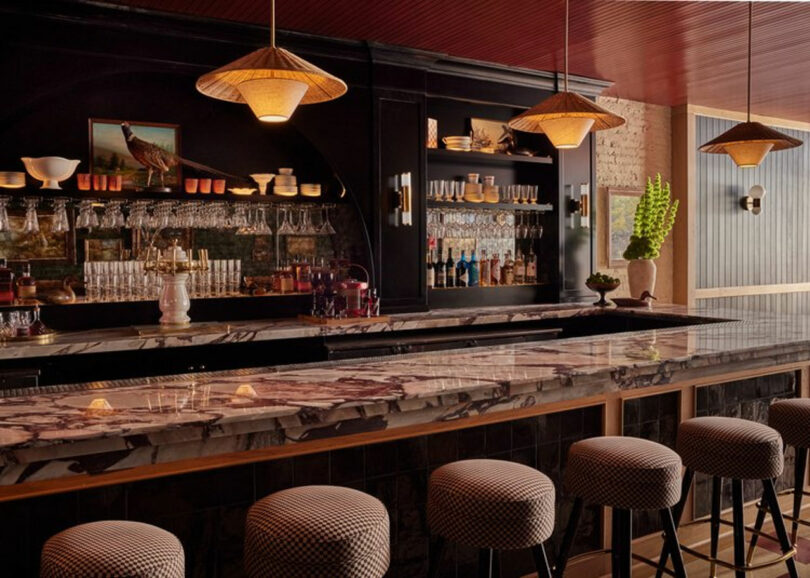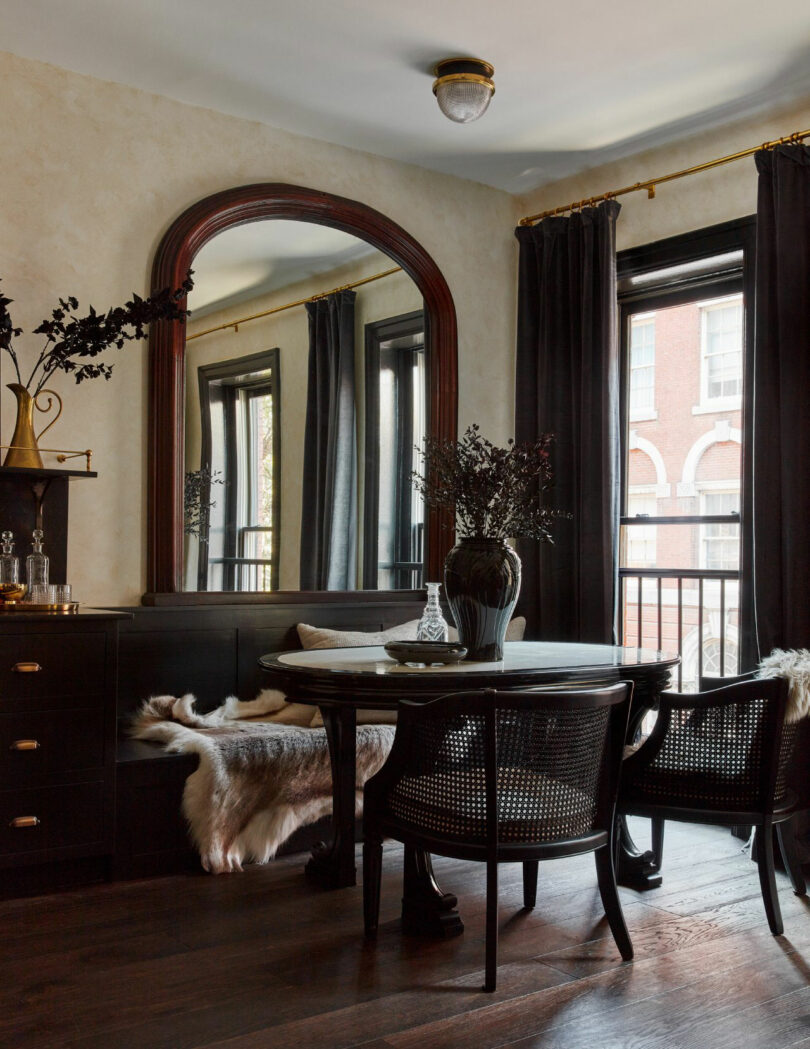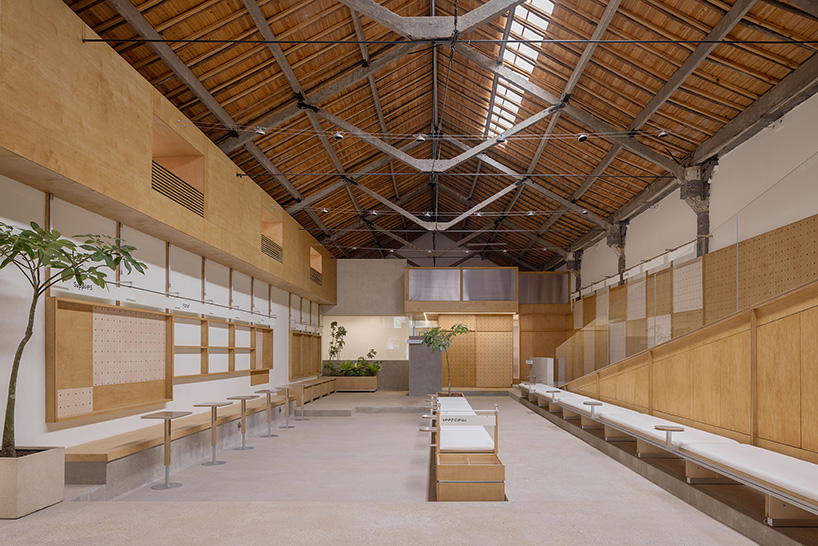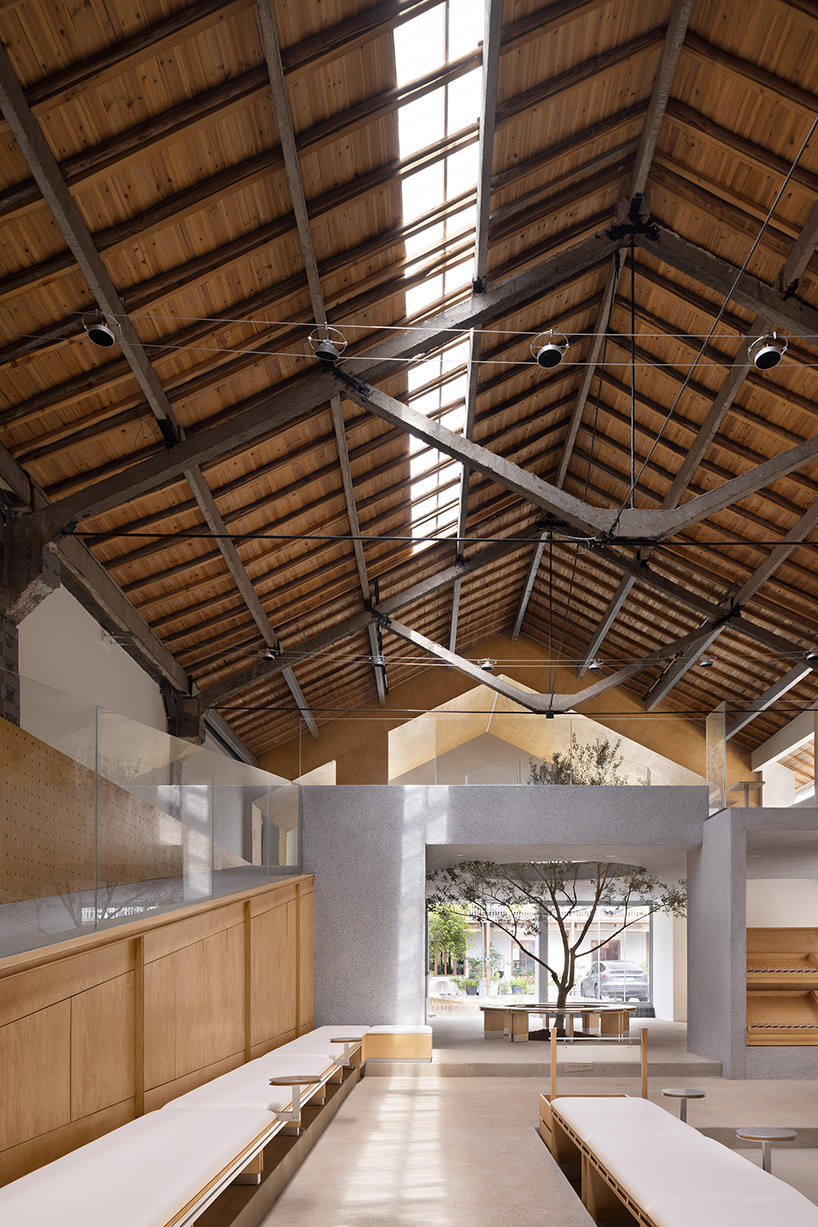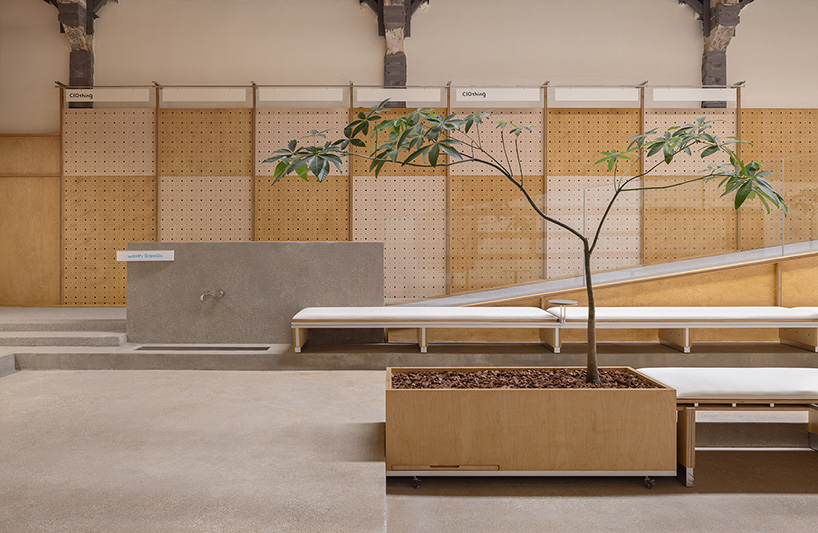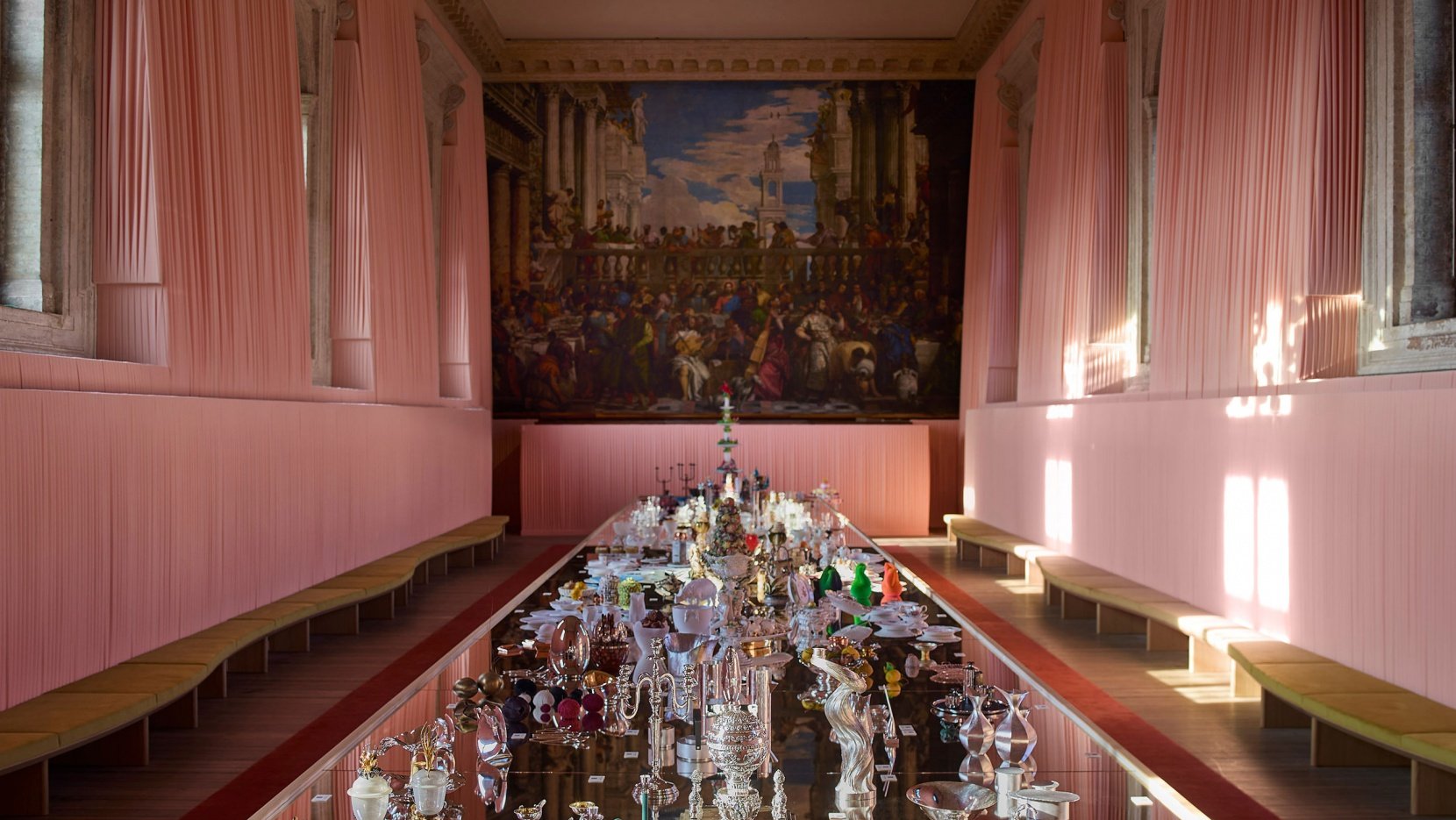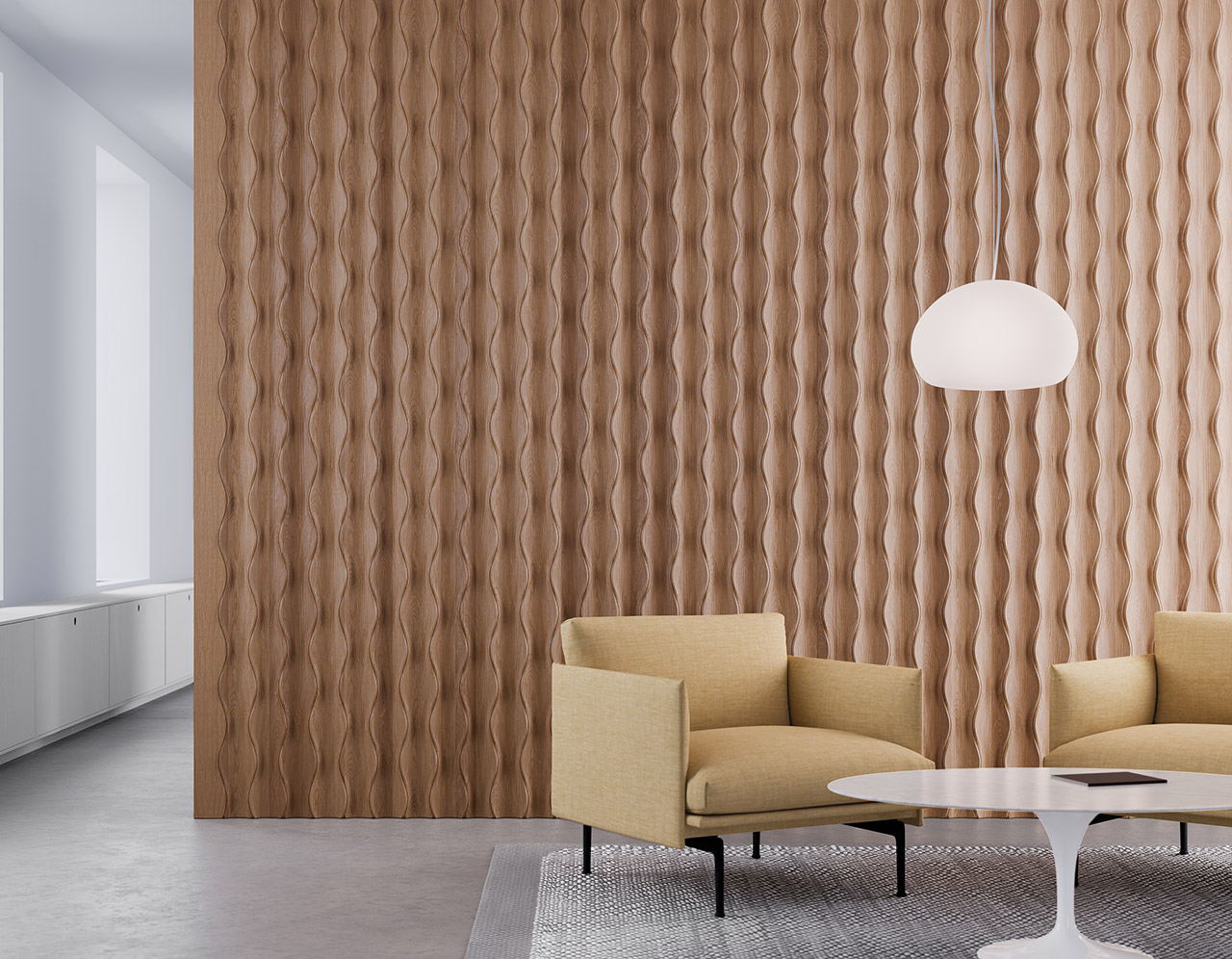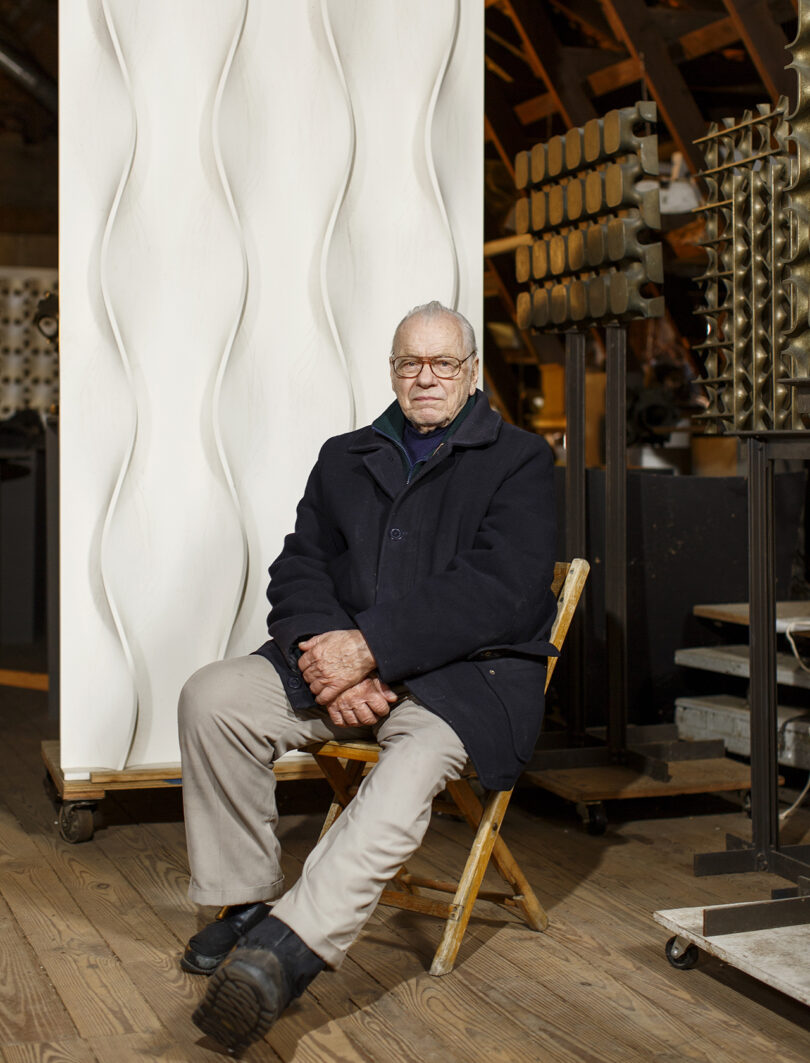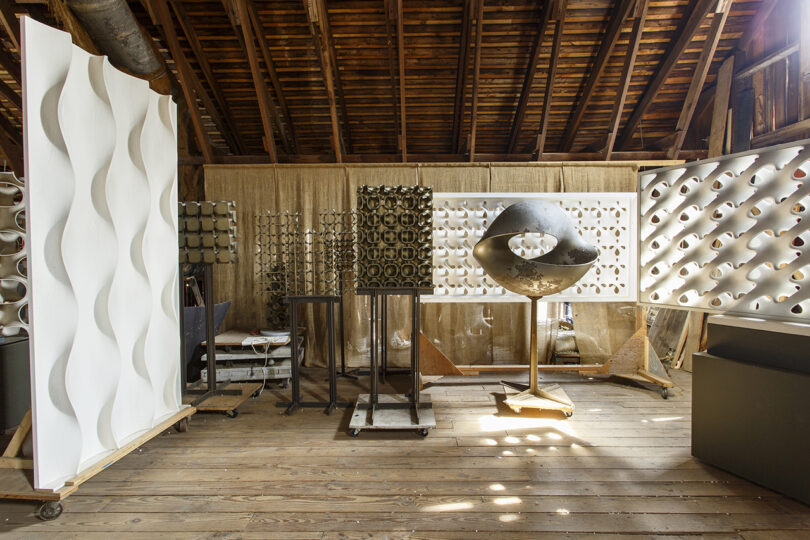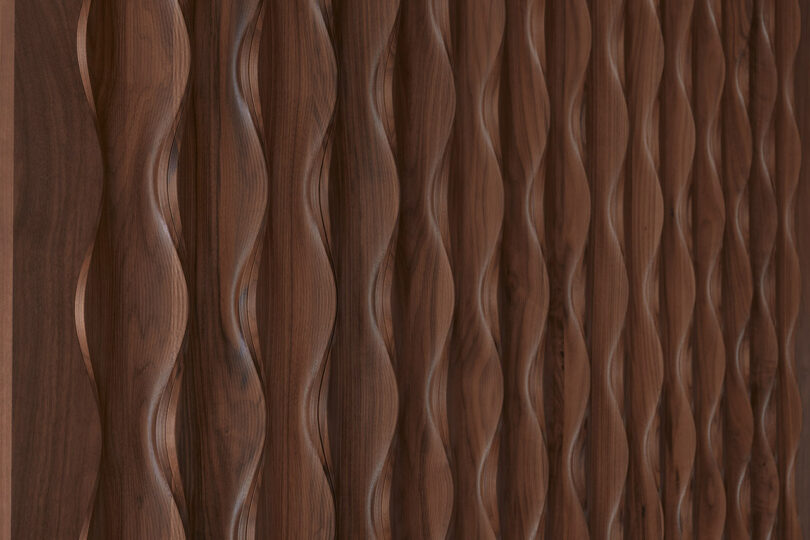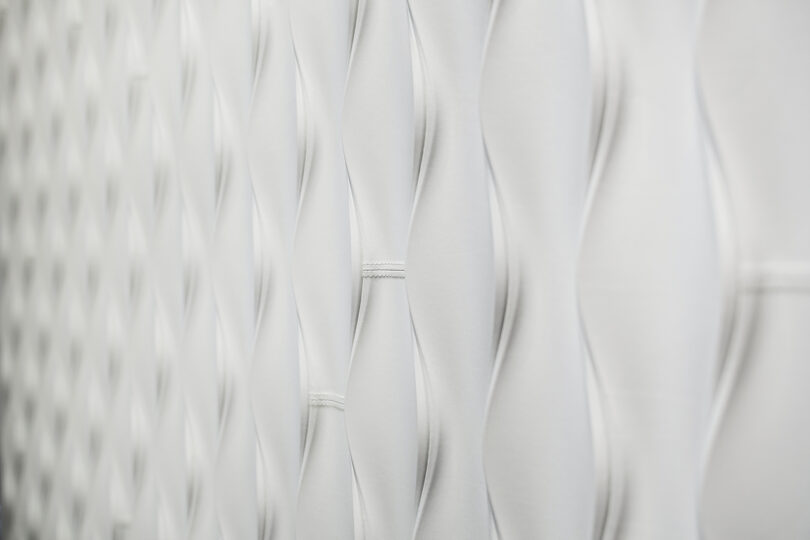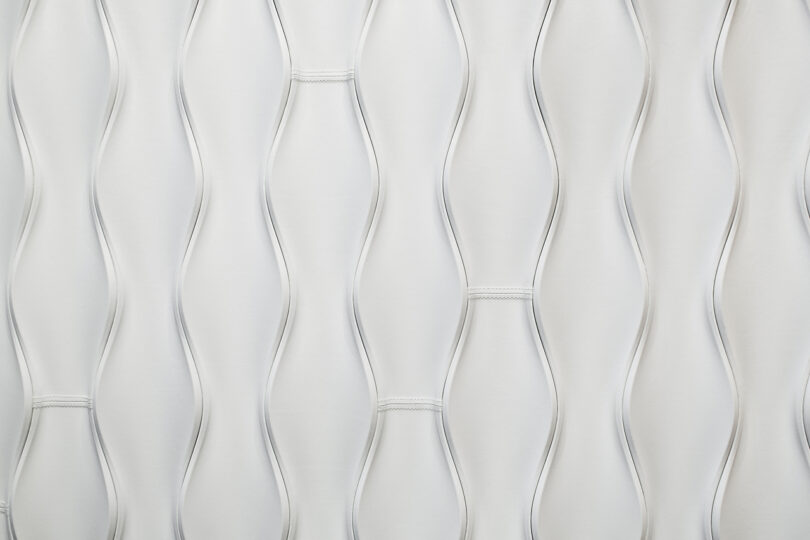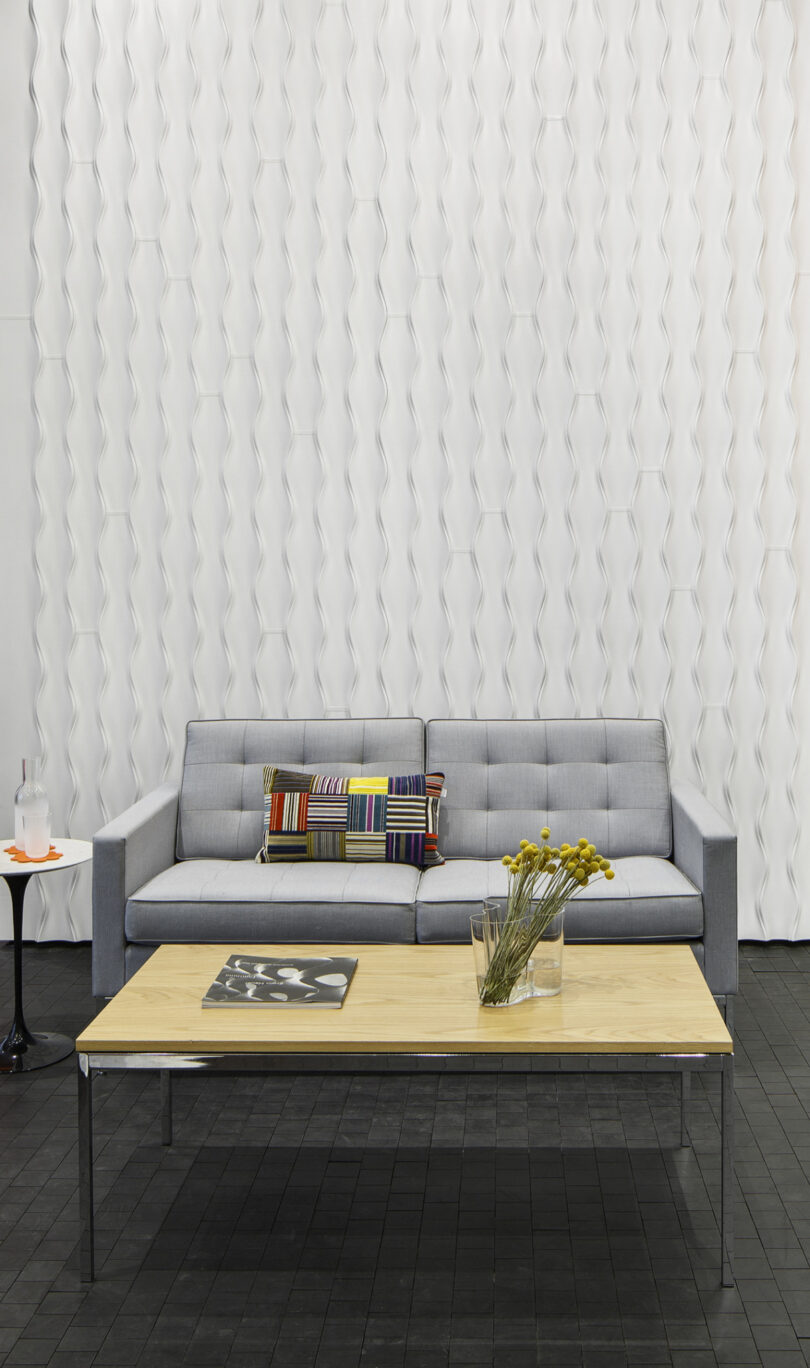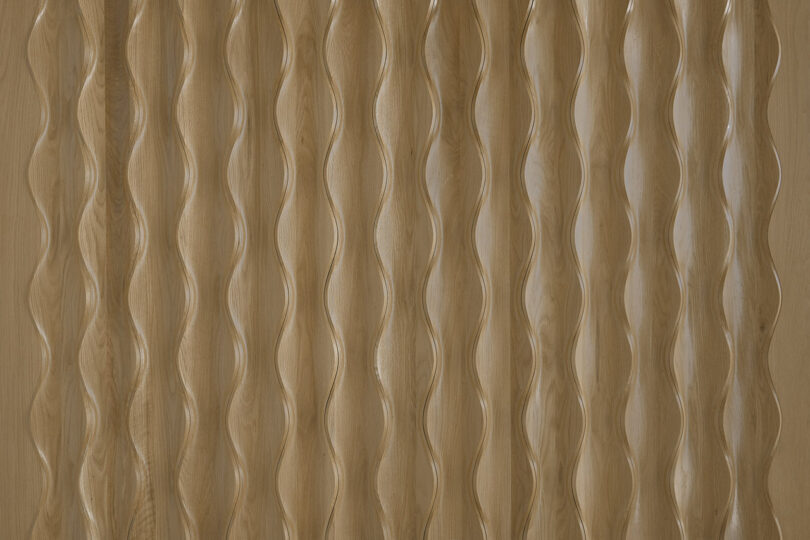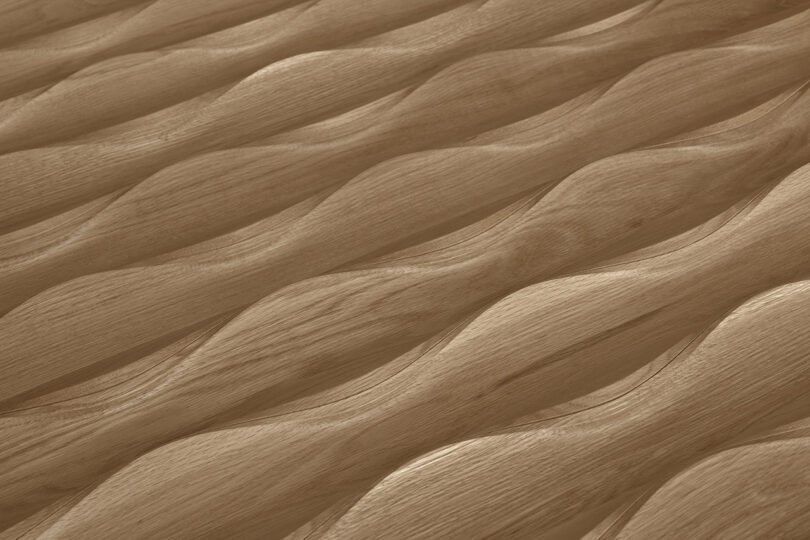yatofu peels back layers of finnish design at habitare 2024
[ad_1]
yatofu on its Theme Exhibition at habitare 2024
Creative studio Yatofu was invited to design and co-curate the Theme Exhibition for Habitare 2024, an annual fair held in Helsinki during its design week. Each year, Habitare selects a theme to guide the event, choosing Layers for this latest program, which took place between September 11th and 15th. Yatofu unpacked the concept of layers by revealing the various dimensions embedded within design and art stories — from form and color to materials, aesthetics, periods, and processes. The exhibition sought to offer a fresh perspective on Finnish design, which, as Yatofu co-founder Angel Lindahl tells designboom, is ‘going through somewhat of a renaissance, as internationalization arrived in Finland a bit later than some other countries.’
This reimagining of the country’s design scene comes through by emphasizing the core values that define it, revealing the hidden dimensions behind a curated selection of local creatives and their works, and showcasing the narratives, methods, and influences behind their intention. designboom spoke with Angela who walked us through the team’s curatorial approach, the transformation of Finnish design, and her take on sustainability.
image © Aleksi Tikkala
using layers to explore a fresh take on finnish design
Collaborating in the curation of the Habitare exhibition with Päivi Helander, the event’s creative director, the team at Yatofu highlighted designers and works rooted in Finnish design values while representing a broad spectrum of experiences, thus challenging the limited definitions often associated with Finnish design. ‘Nowadays, we meet so many designers and artists drawn to the values behind Finnish design but hail from myriad backgrounds and experiences. Their interpretation of Finnish lifestyle and design values offer a fresh take on the same values that have inspired the iconic Greats of the past. We wanted the Layers Exhibition to provide a platform for these perspectives, showcasing the works of a range of contemporary designers who identify as Finnish,’ continues Angela Lindahl.
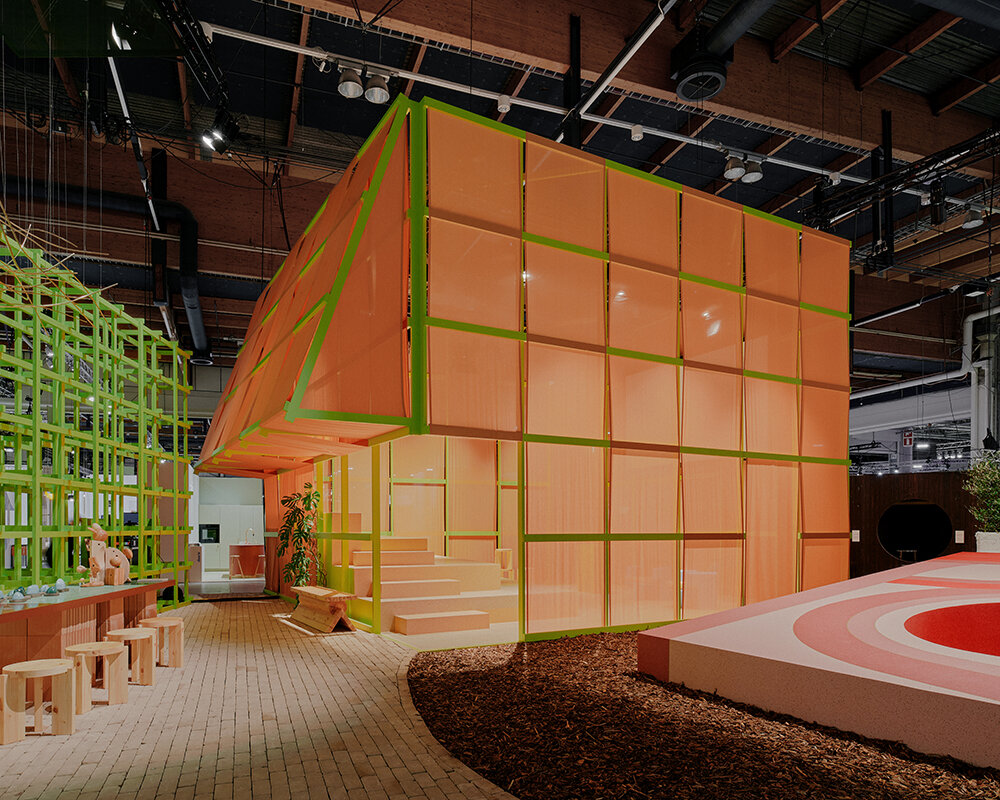
image © Aleksi Tikkala
Yatofu physically translated the 2024 theme through a tall and large main structure that highlights and exposes its structural frameworks rather than conceals them with surface materials. These frameworks were emphasized in a vibrant lime green, with translucent materials and cutouts, allowing visitors to experience a layered perspective of the space. Resembling a fabric lantern, the main structure was illuminated from within through translucent fabric, casting a warm glow throughout the exhibition, ‘which gives a sense of relief from the often cluttered and overwhelming fair environment,’ she adds.
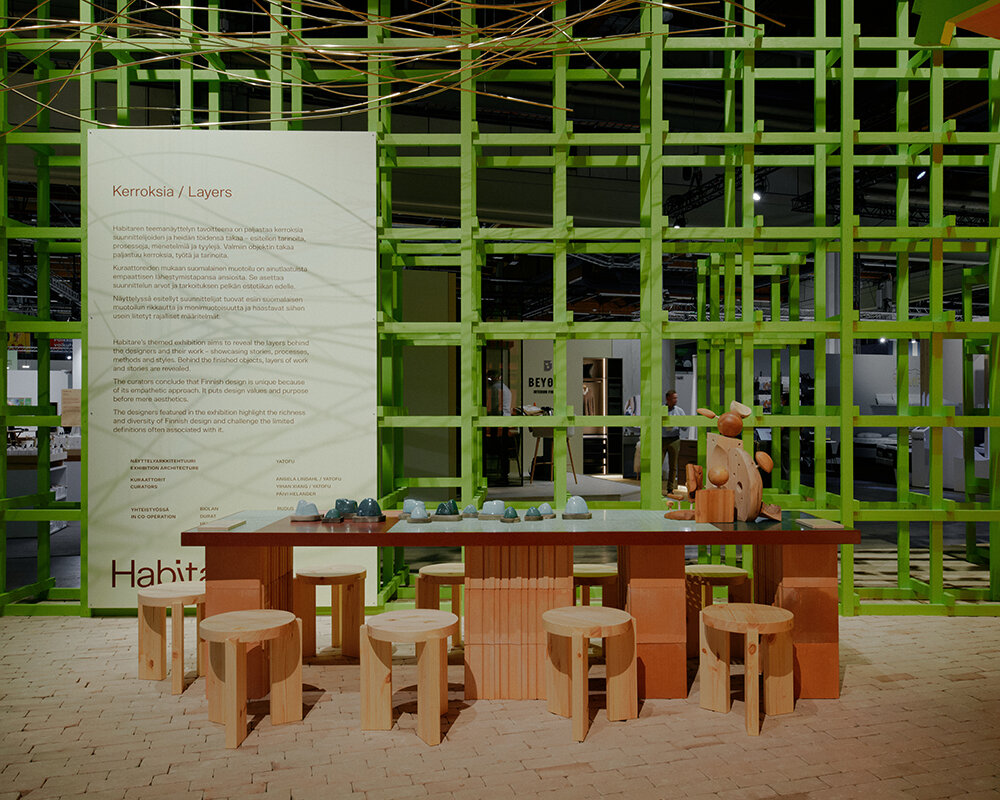
image © Aleksi Tikkala
Material choices were intentionally made to support the concept of revealing layers ‘through the process of producing the materials themselves,‘ Angela notes. The exhibition tunnel, clad in carbonized wood from Hiil, showcased the company’s unique carbonizing process, with wood panels finished in a gradient from fully carbonized to heavily brushed, revealing the wood’s original color. Yatofu’s design choices also focused on the afterlife of materials. The carbonized wood panels will be reused in future exhibitions, the homogenous vinyl flooring from Tarkett will be recycled, the main structure woven with Svensson textiles will be repurposed, the Durat tabletop will be 100% recycled after use, and the rustic paving bricks from Wienerberger will be repurposed, recycled, or sold after dismantling.
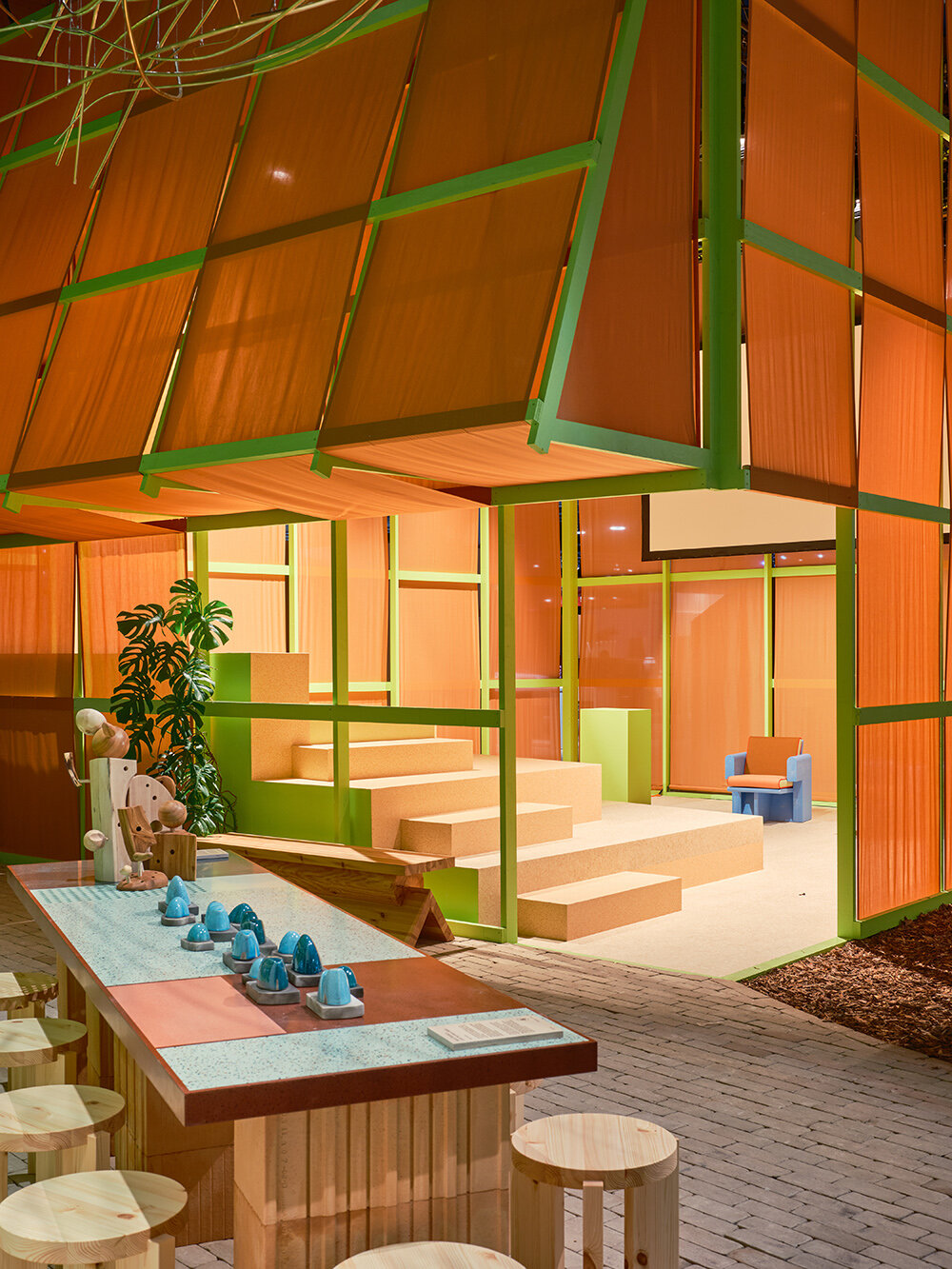
image © Henri Vogt
‘We wanted to make sure that the exhibiting artists and material sponsors involved in the exhibition reflect the story we are trying to tell. That design is not just about mere aesthetics, but rather a series of stories and processes woven together to form the final result,‘ she tells designboom. Between recycling, repurposing, and reusing, Yatofu is also shifting the narrative of sustainable design practices. As Angela explained to us, the priority here was to use materials with an afterlife, offering a simple and direct solution to waste, carbon footprint, and more. While she does confess that their solution isn’t perfect, the studio is seeing ‘more and more emerging brands who focus the core of their business on the values of sustainability. It is a joint effort for sure.‘
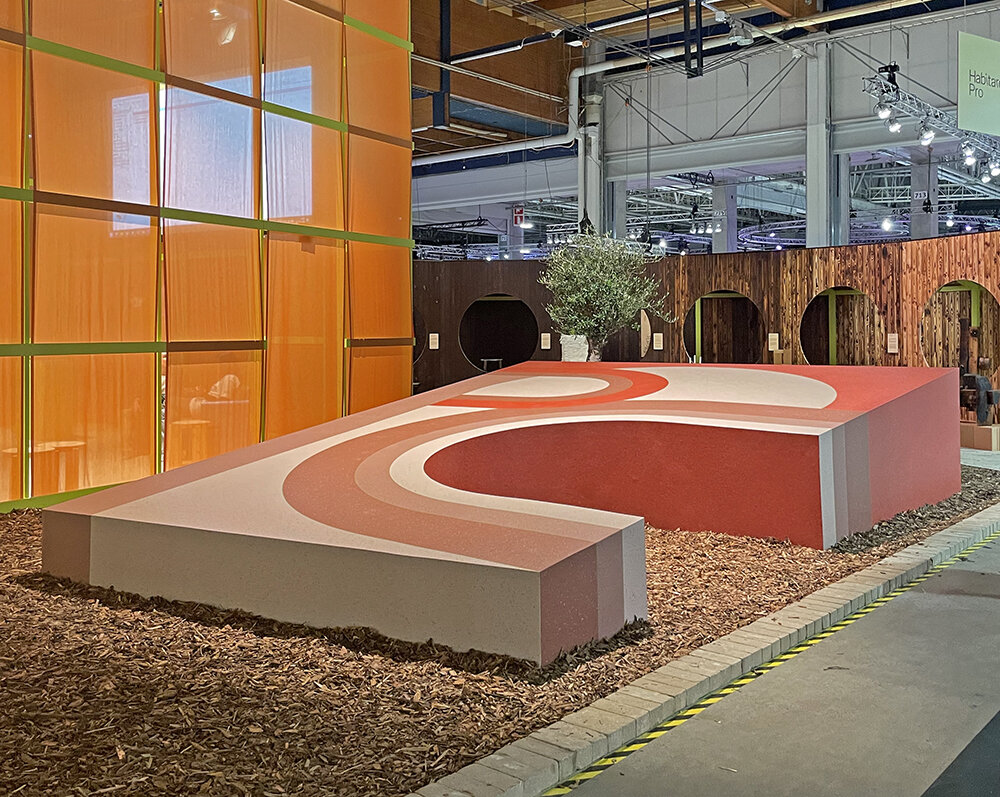
image © designboom
yatofu spotlights the exhibitors’ stories and intentions
Accompanying the physical Habitare exhibition is a series of videos inside the main structure, featuring four participating designers and artists, each one narrating their individual inspirations and values. ‘It allows visitors to slow down in the fast-paced environment and re-center their attention to the most important part of art and design: the stories and intentions behind the objects on display,’ Angela adds.
The first video documents designer Lennart Engel‘s material investigation into the lifecycle of Finnish sauna stones. The second short film spotlights how designer/sculptor Eemeli Sahimaa leverages his heritage and tools passed down through generations to produce Practice Of and What Would I Do Without through scavenged pieces of wood. The third video stars Finnish-American designer Paul Flanders, who wanted to explore the potential of using Curly Birch in its solid form, creating the Kudos Collection, an ongoing series of woven woodworks in which slabs of carefully selected solid Curly Birch are paired with ok. Lastly, furniture designer Rudi Merz presents a collaboration with his daughter, Laura Merz, creating an installation of interactive wooden toy pieces titled Play in Progress. The blocks are made from off-cut wood (like oak, birch, yew, pine, ash, applewood, plum) leftover from furniture production.
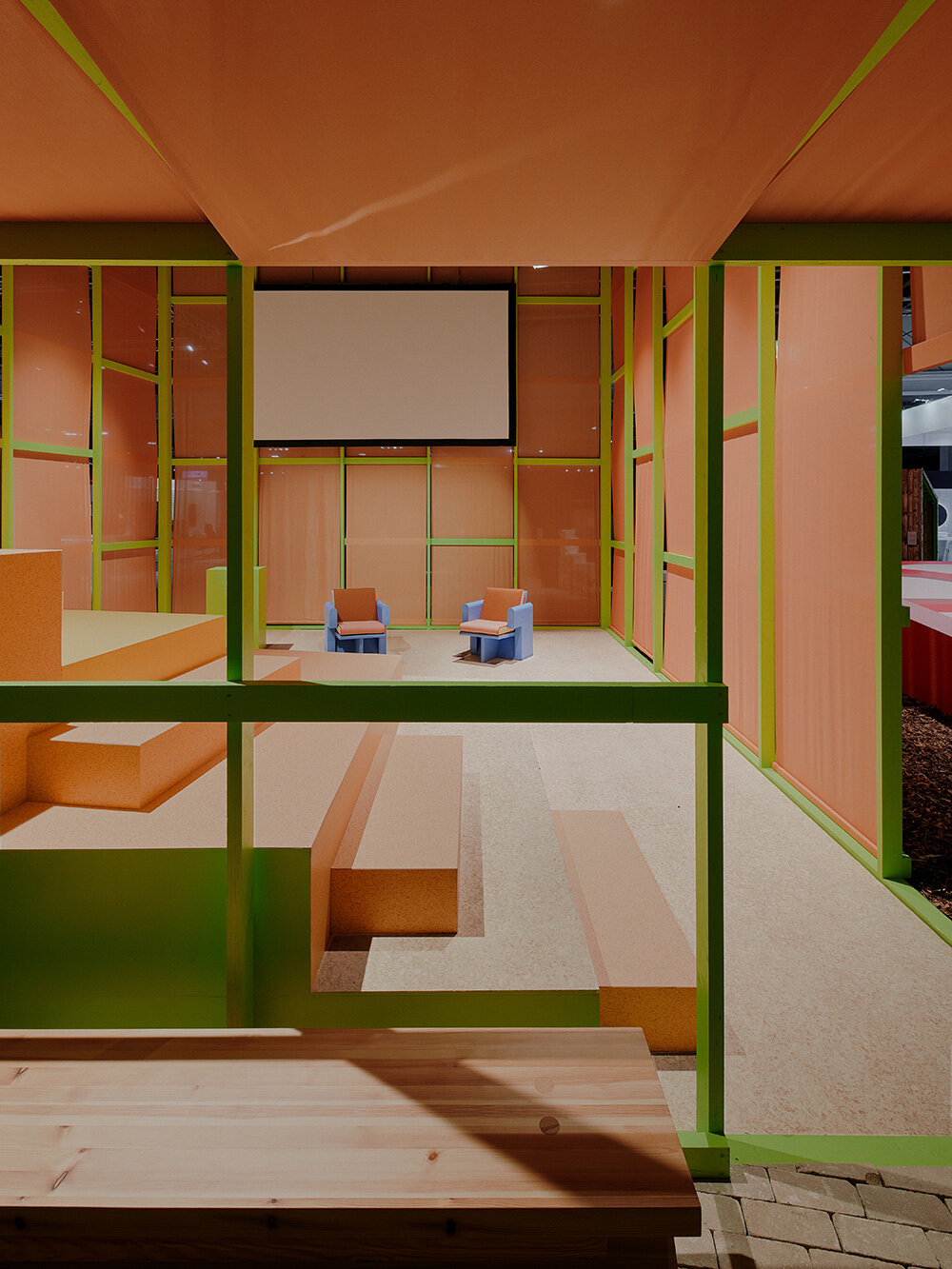
image © Aleksi Tikkala
The full list of exhibitors at the Habitare 2024 Theme Exhibition by Yatofu is as follows: Practice Of / What Would I Do Without by Eemeli Sahimaa; Kudos Collection by Paul Flanders; Sauna Stone Lab by Lennart Engels; Untitled / Bas Relief 01 by Apolline Laforêt; Pond Glass Table by Pasi Kärkkäinen; Wood Pleats Collection by Didi NG Wing Yin; Bamboo Collection by Yrjö Kukkapuro; Magic Islands ja Itämeri by Karin Widnäs; Play in Progress by Rudi Merz, Laura Merz; Trace of Light by Paja&Bureau.
[ad_2]
Source link

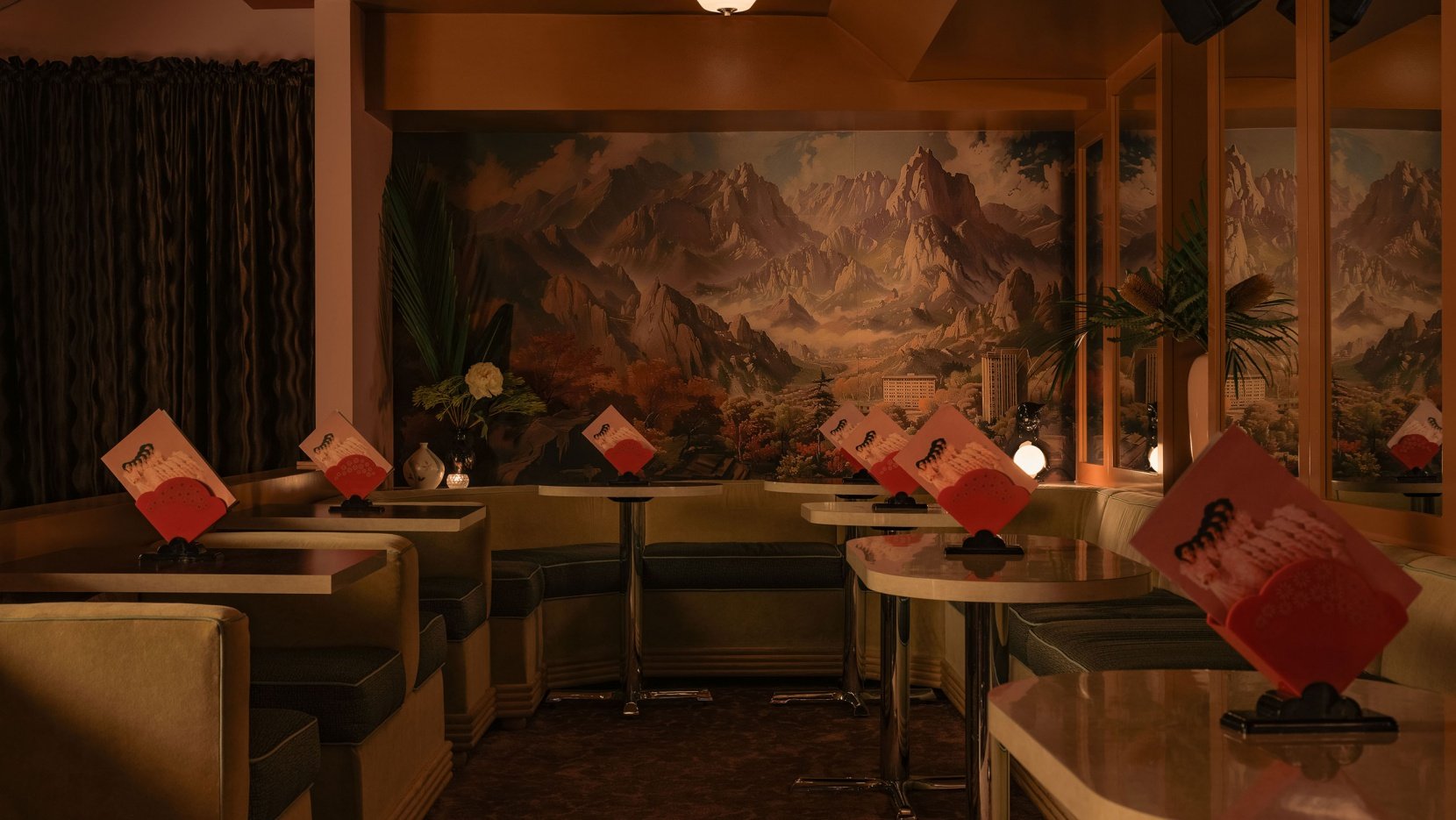
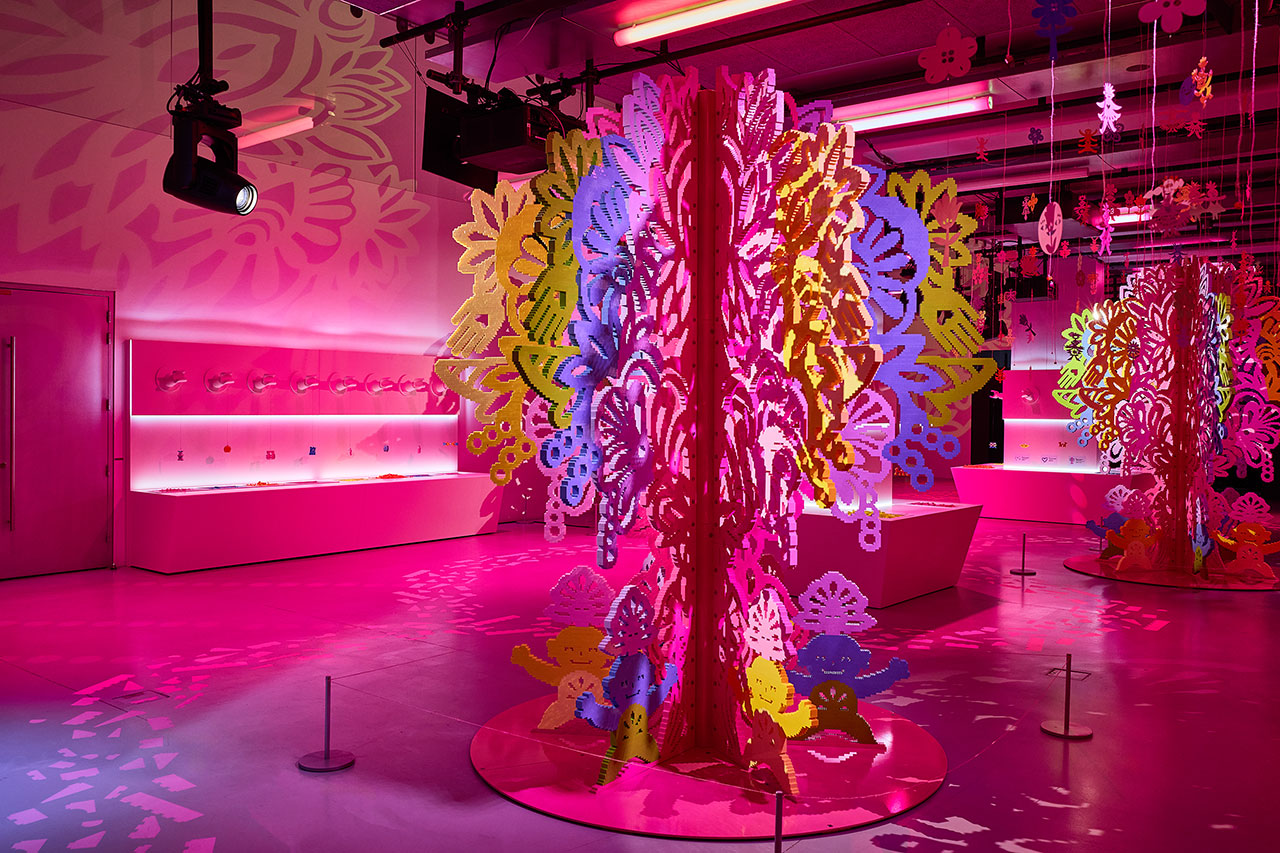
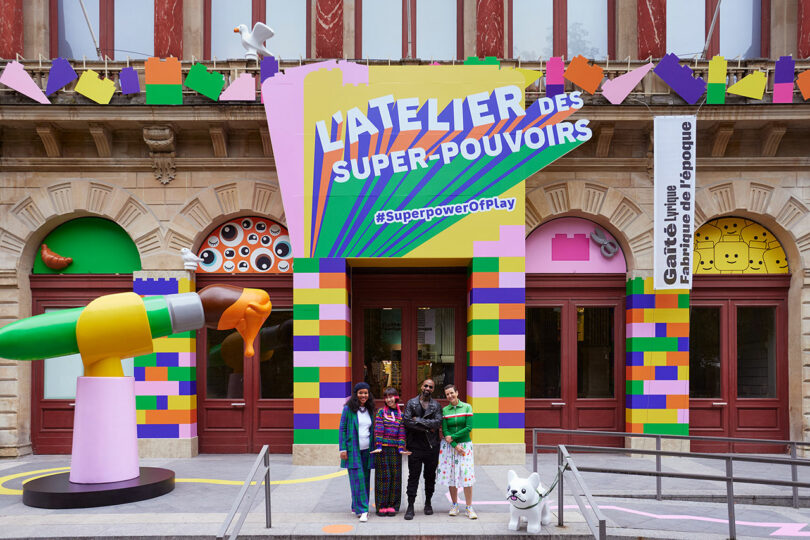

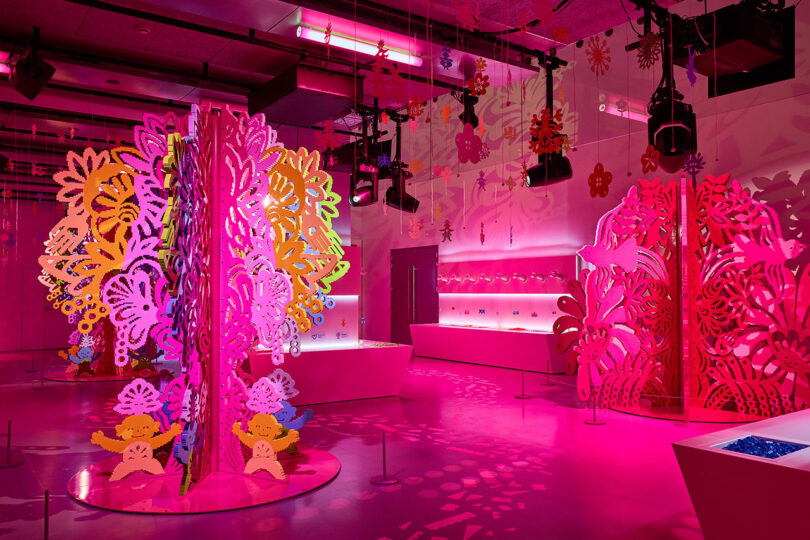
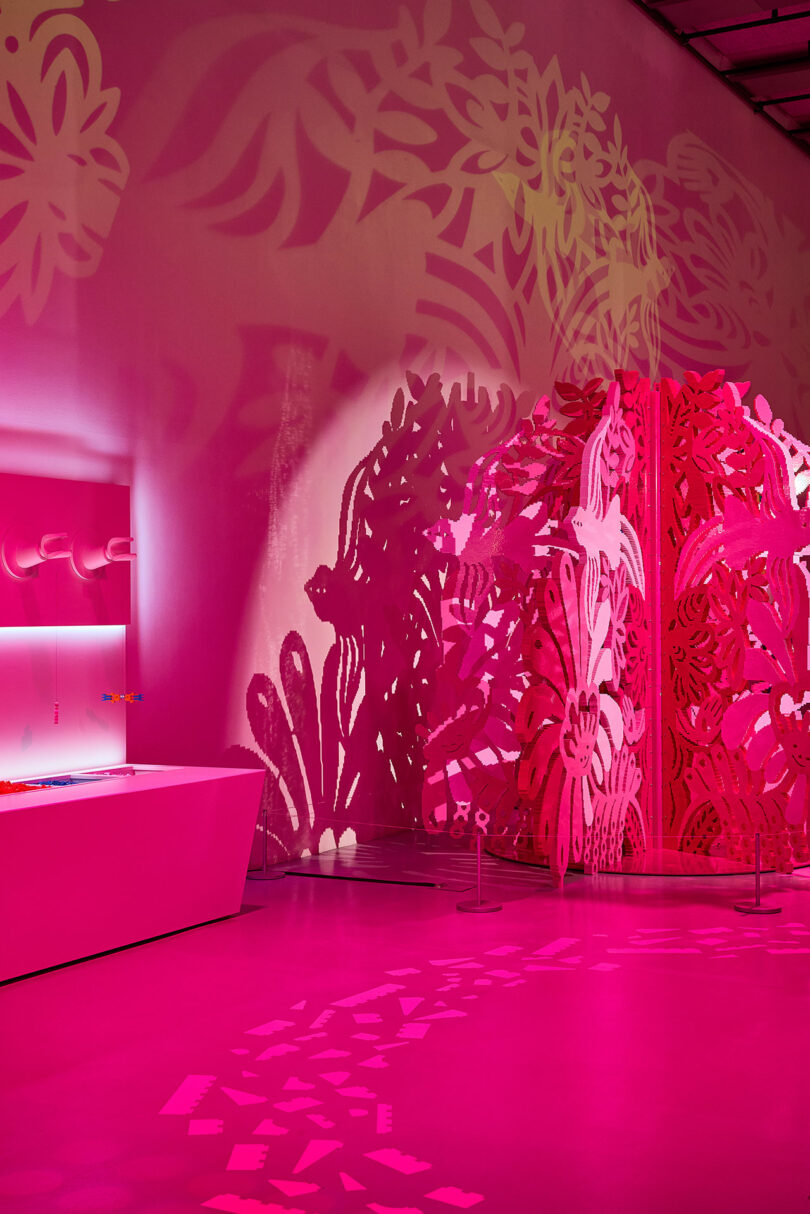
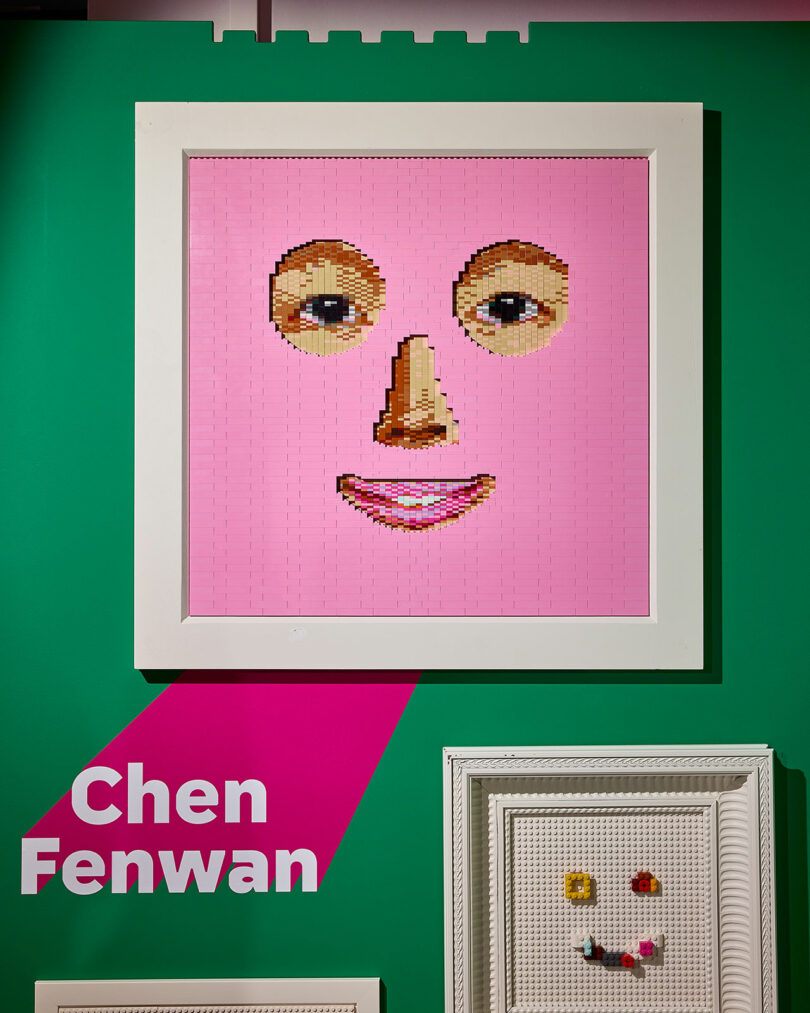
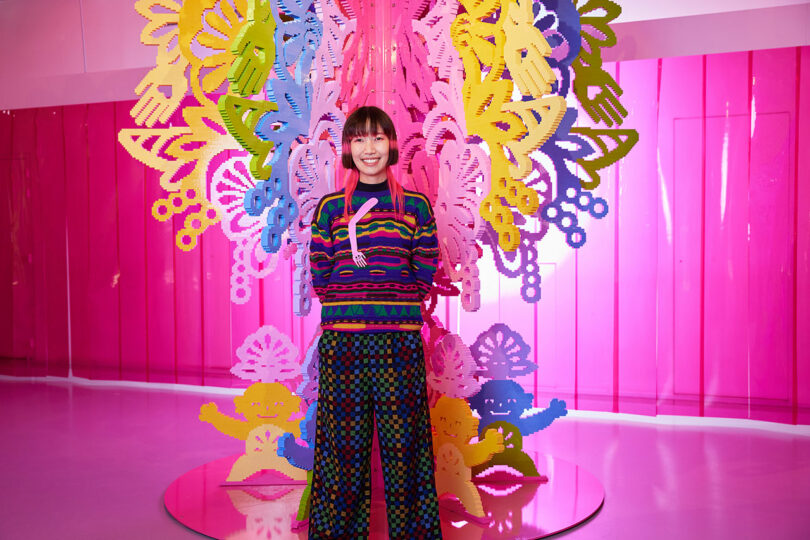
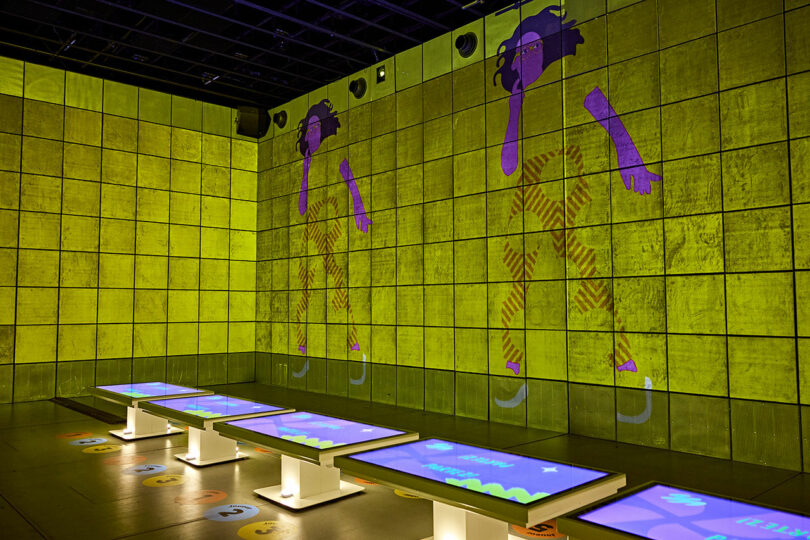
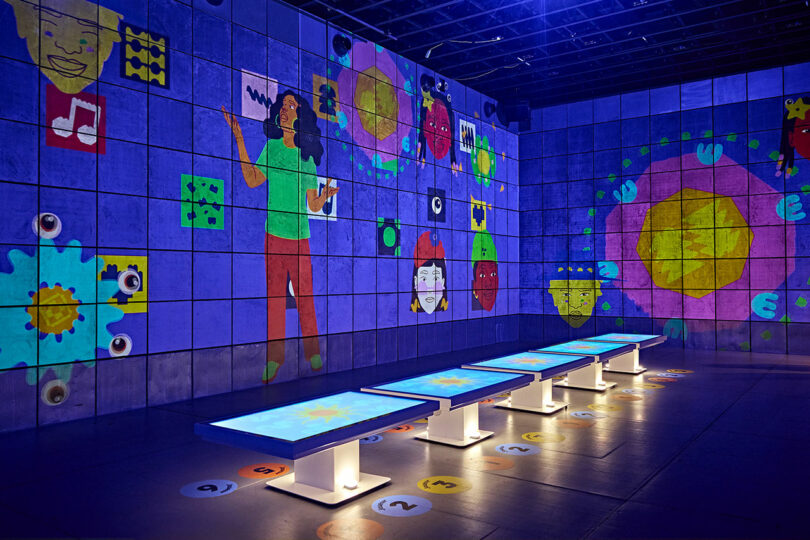
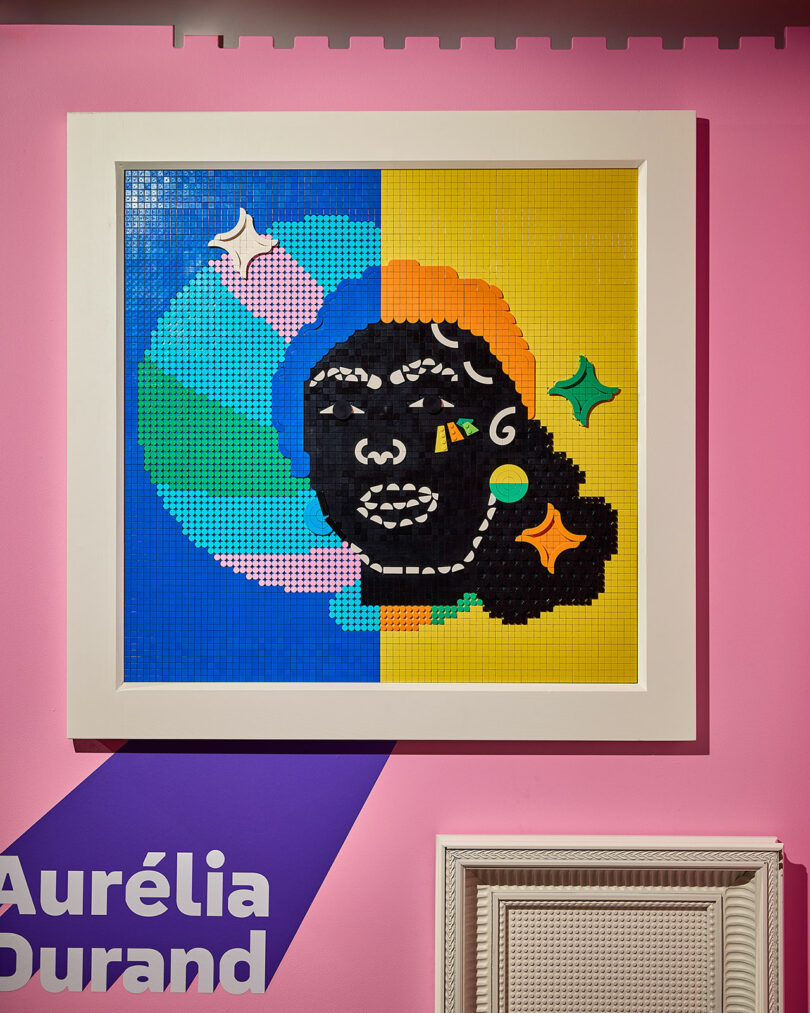

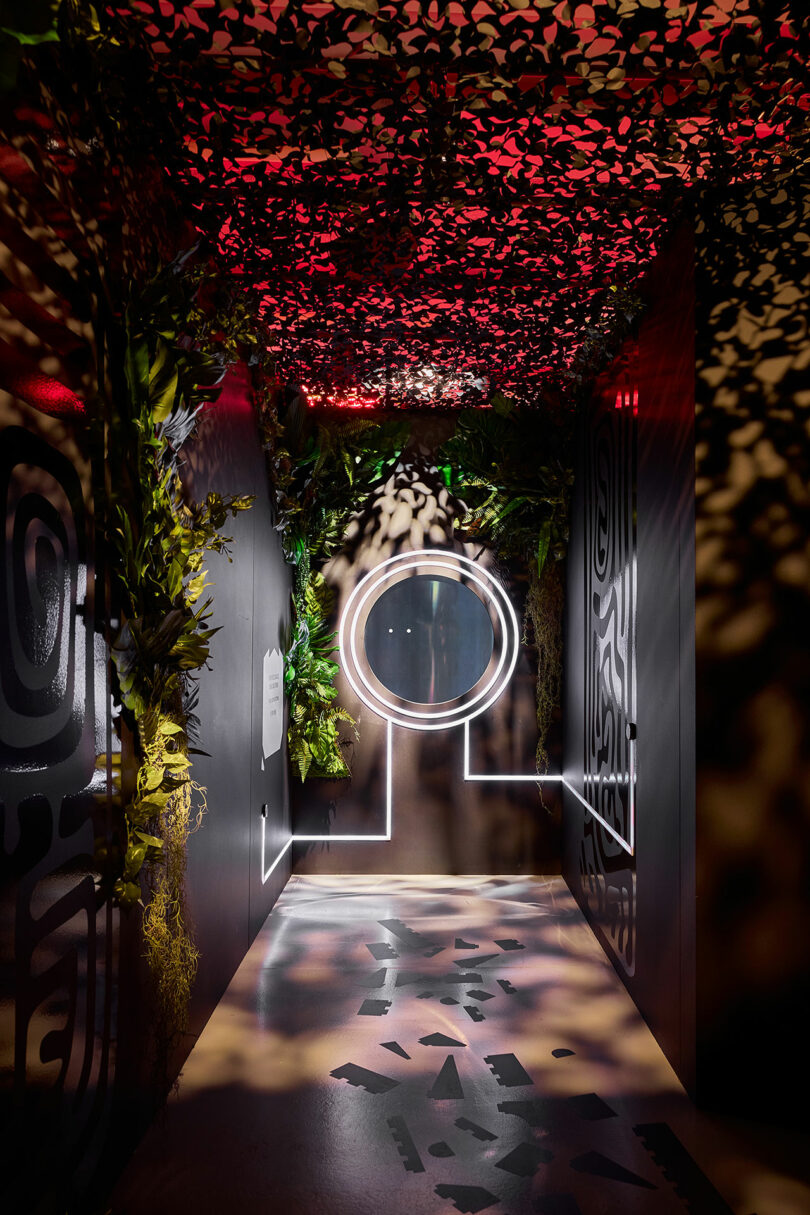
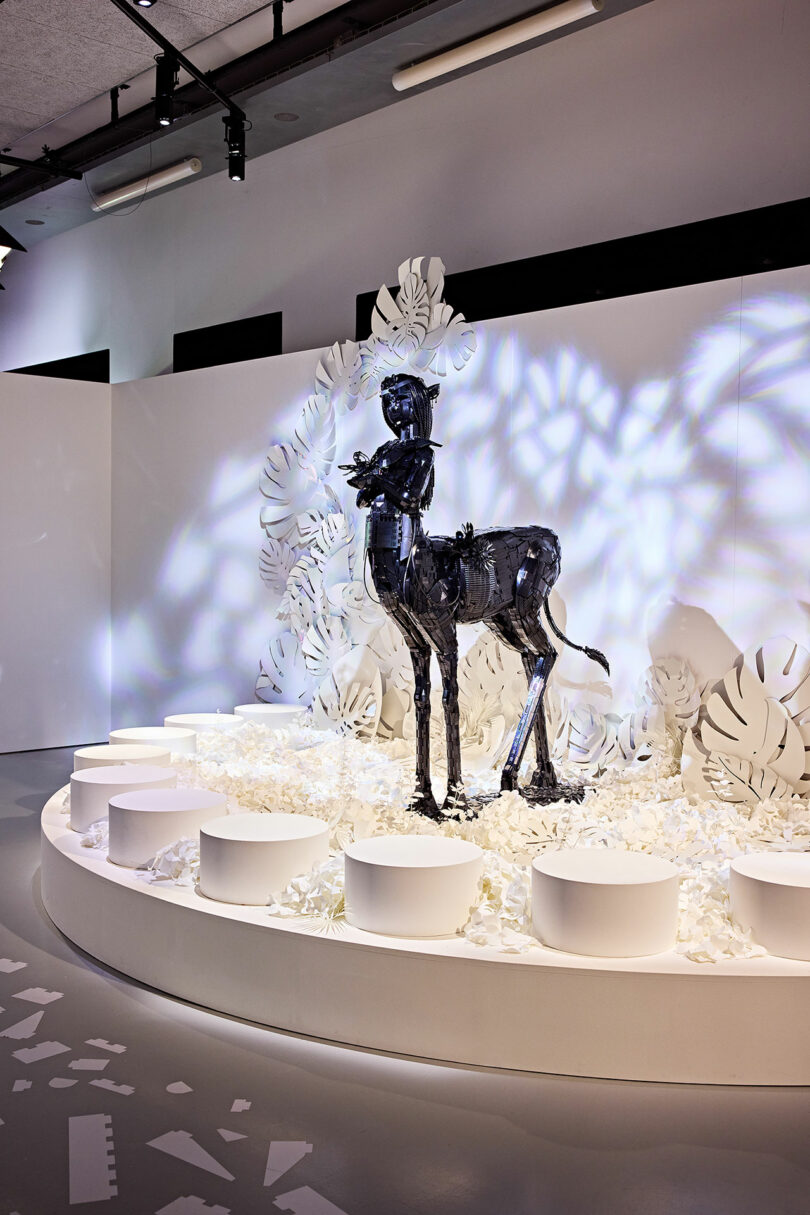
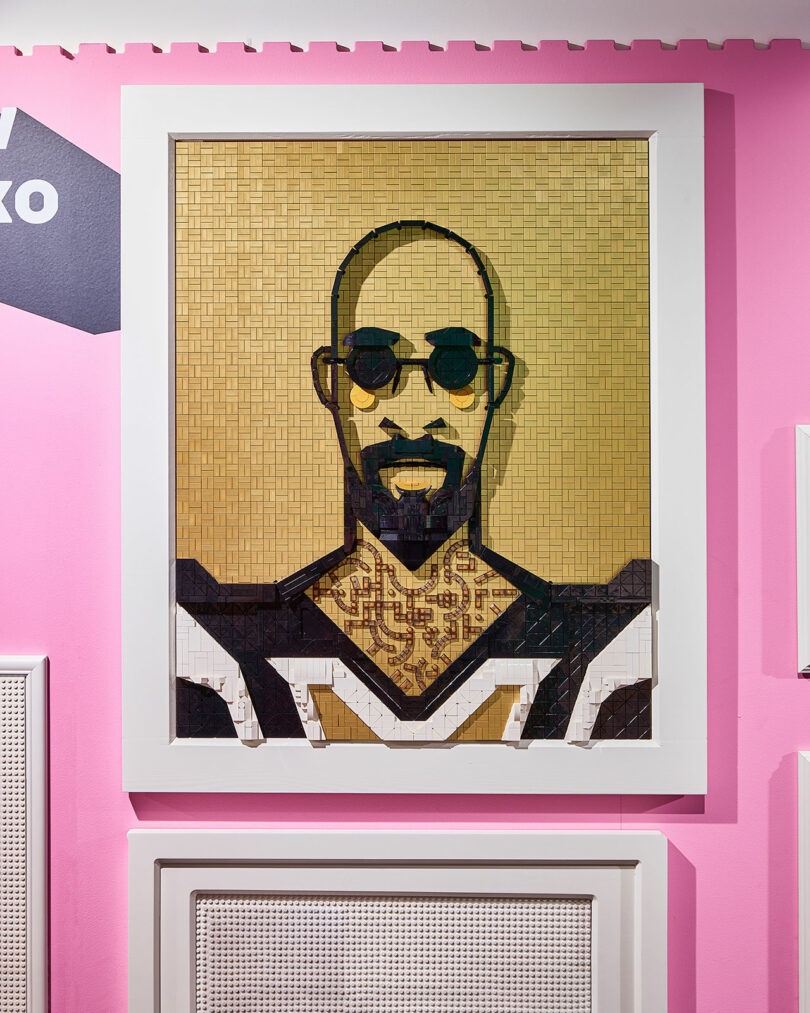
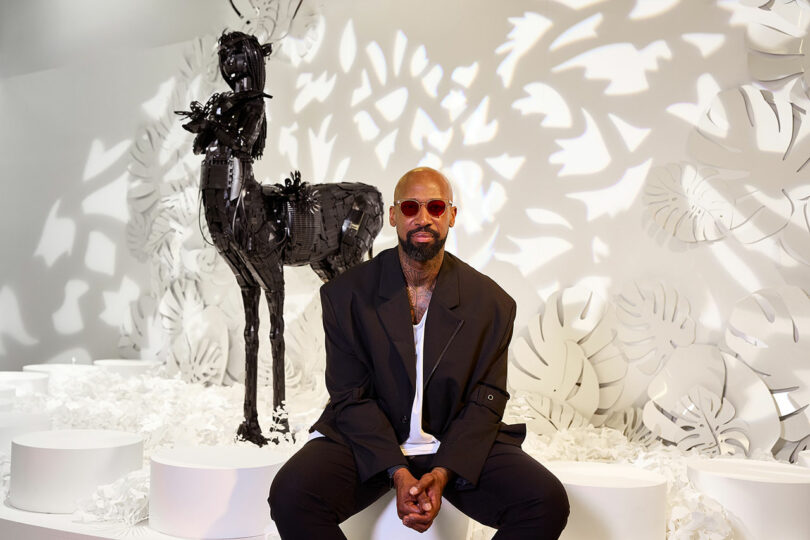
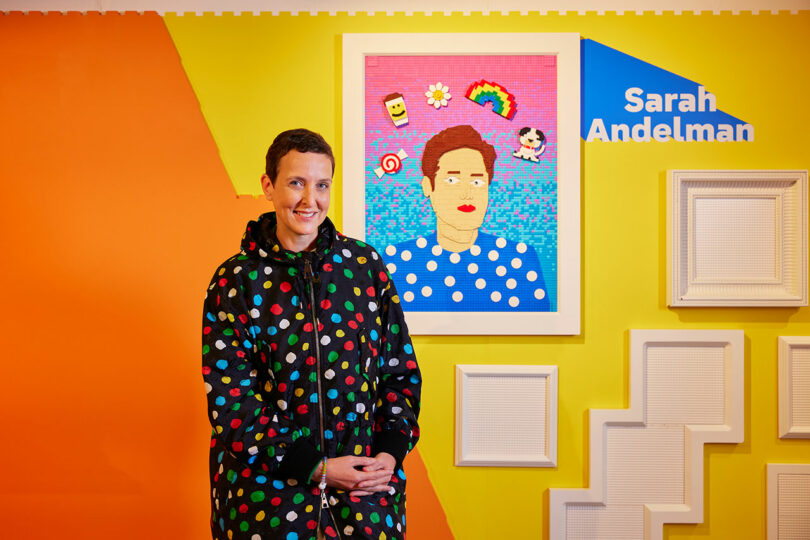
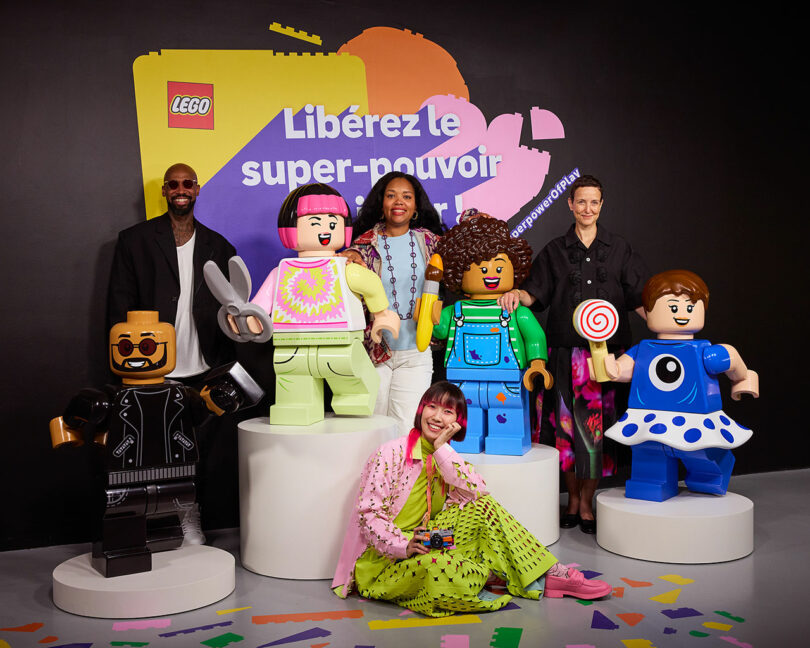



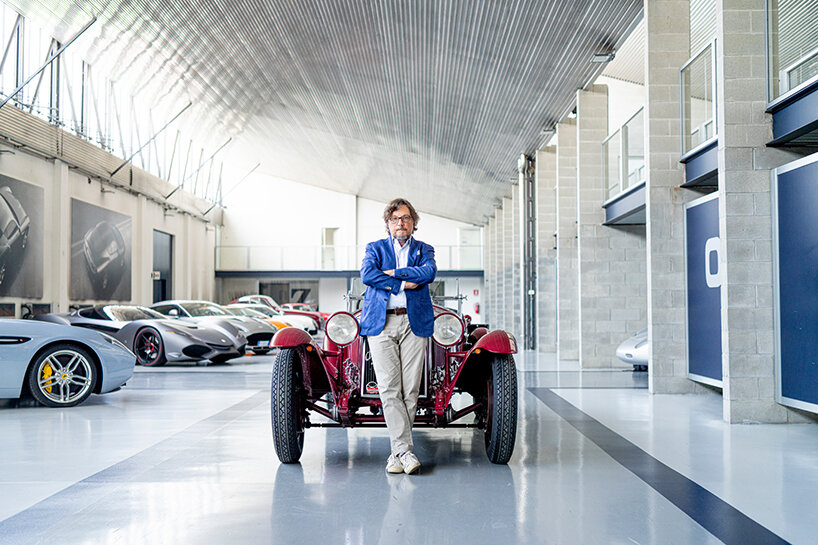
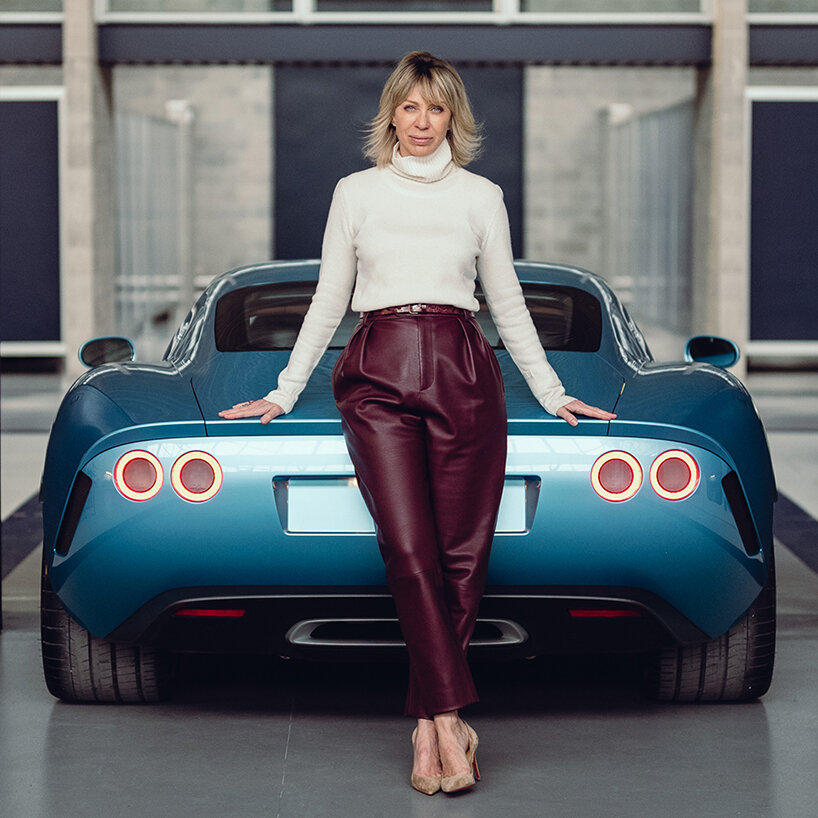
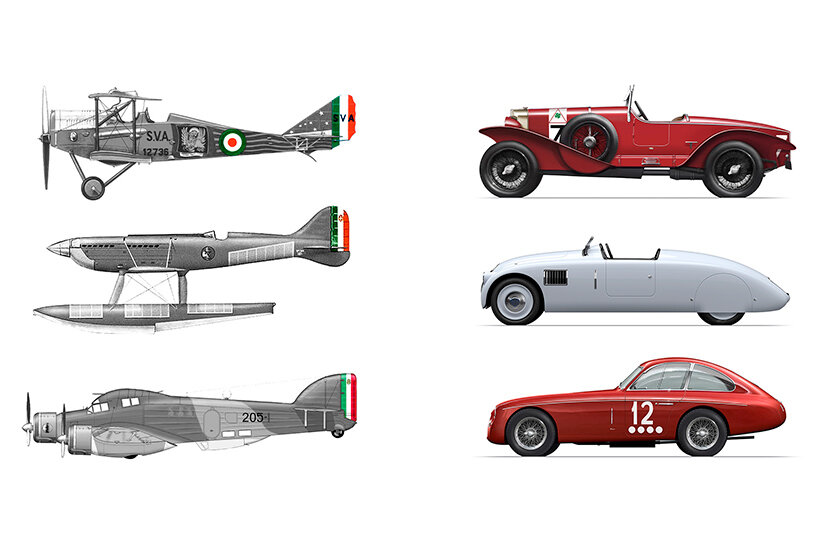 the coachbuilding company is informed by its aeronautical roots
the coachbuilding company is informed by its aeronautical roots